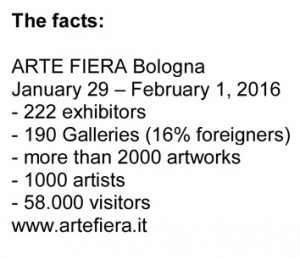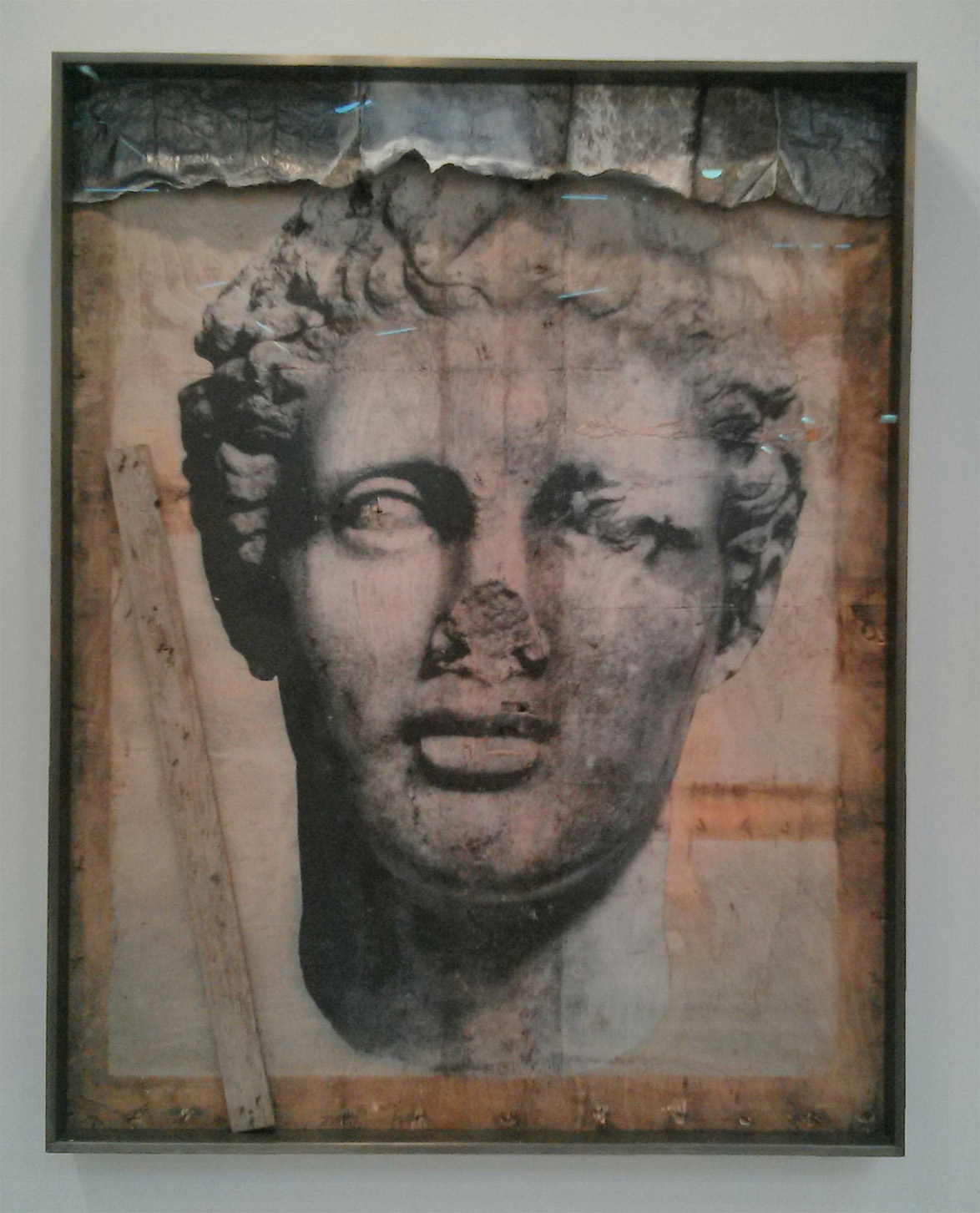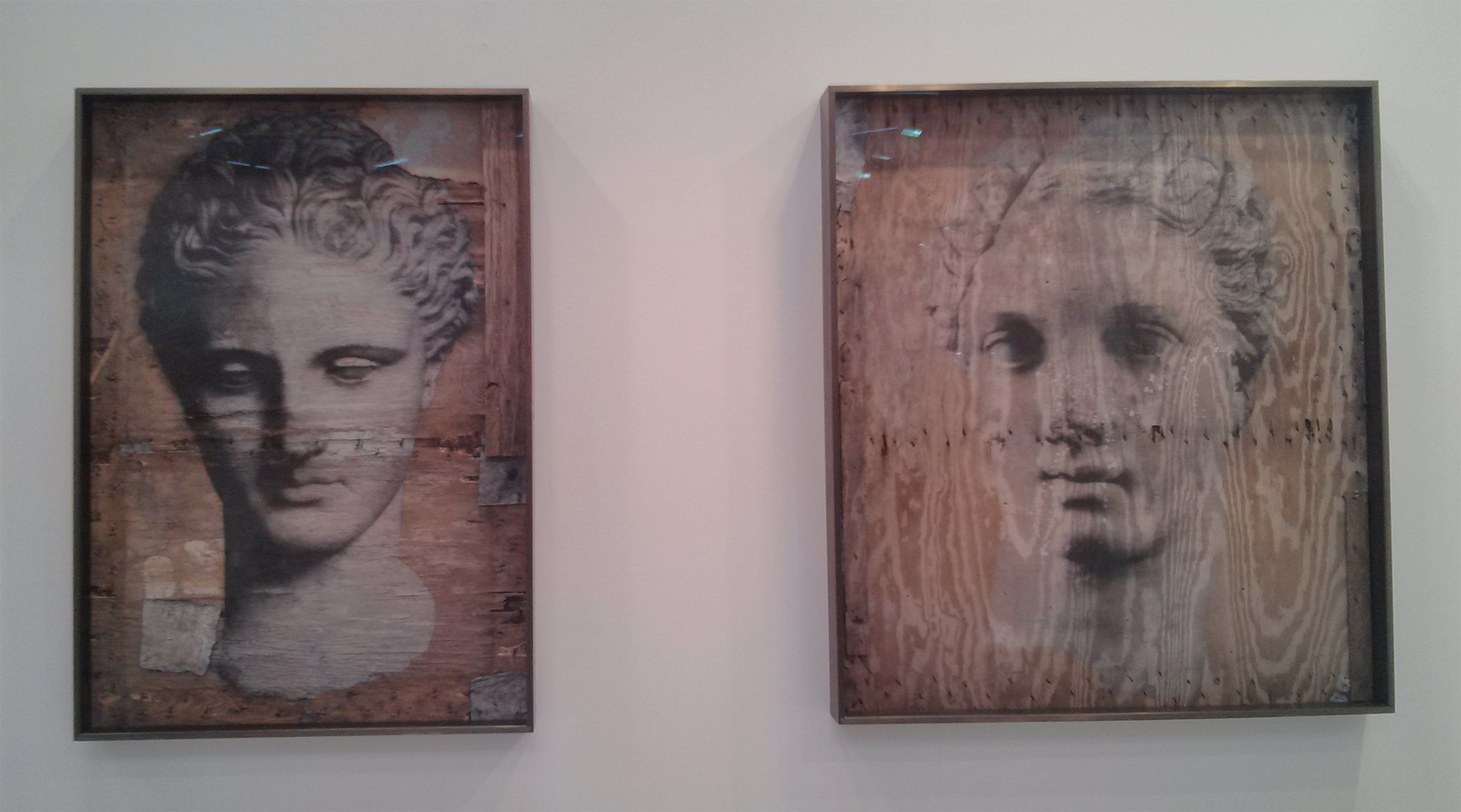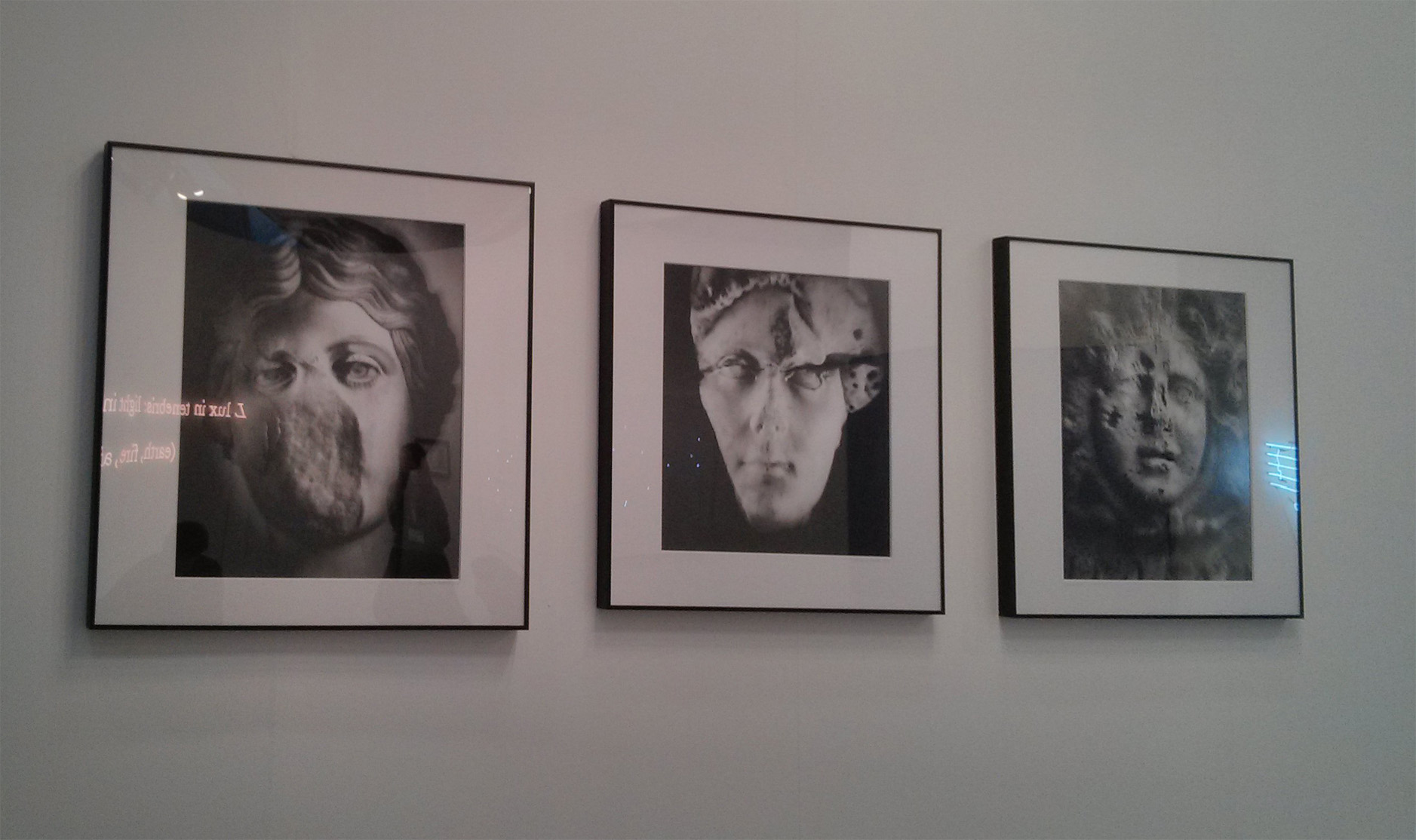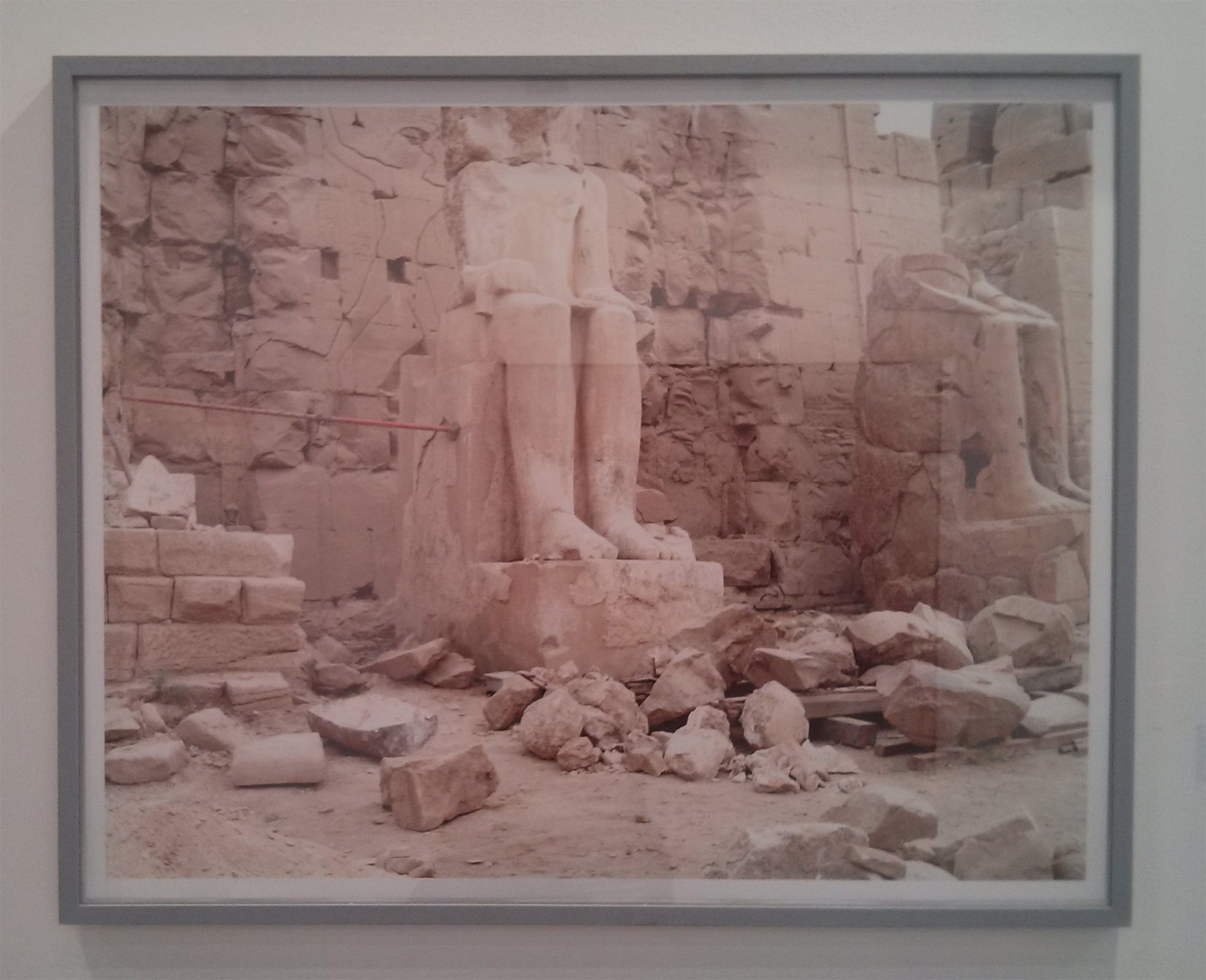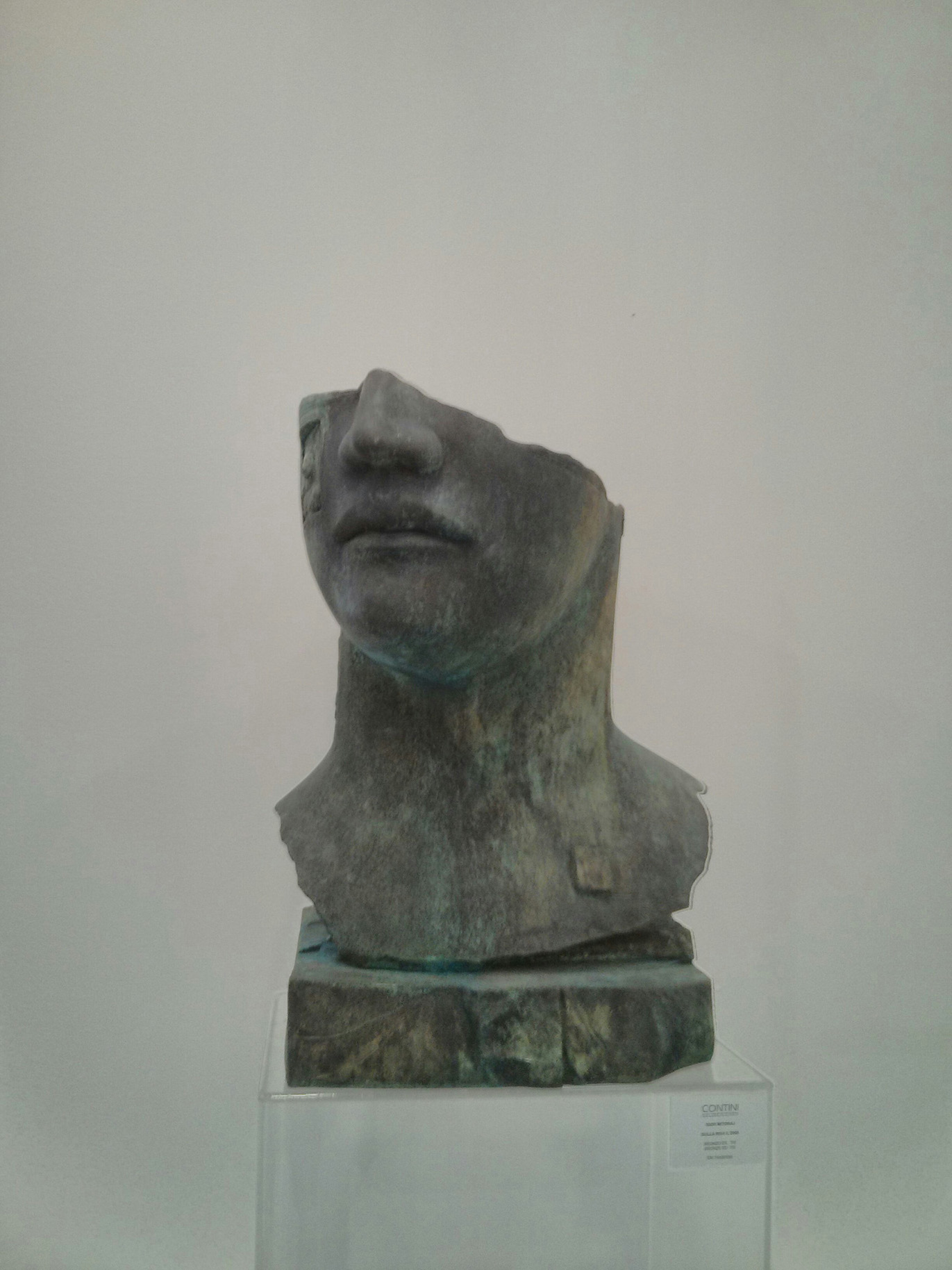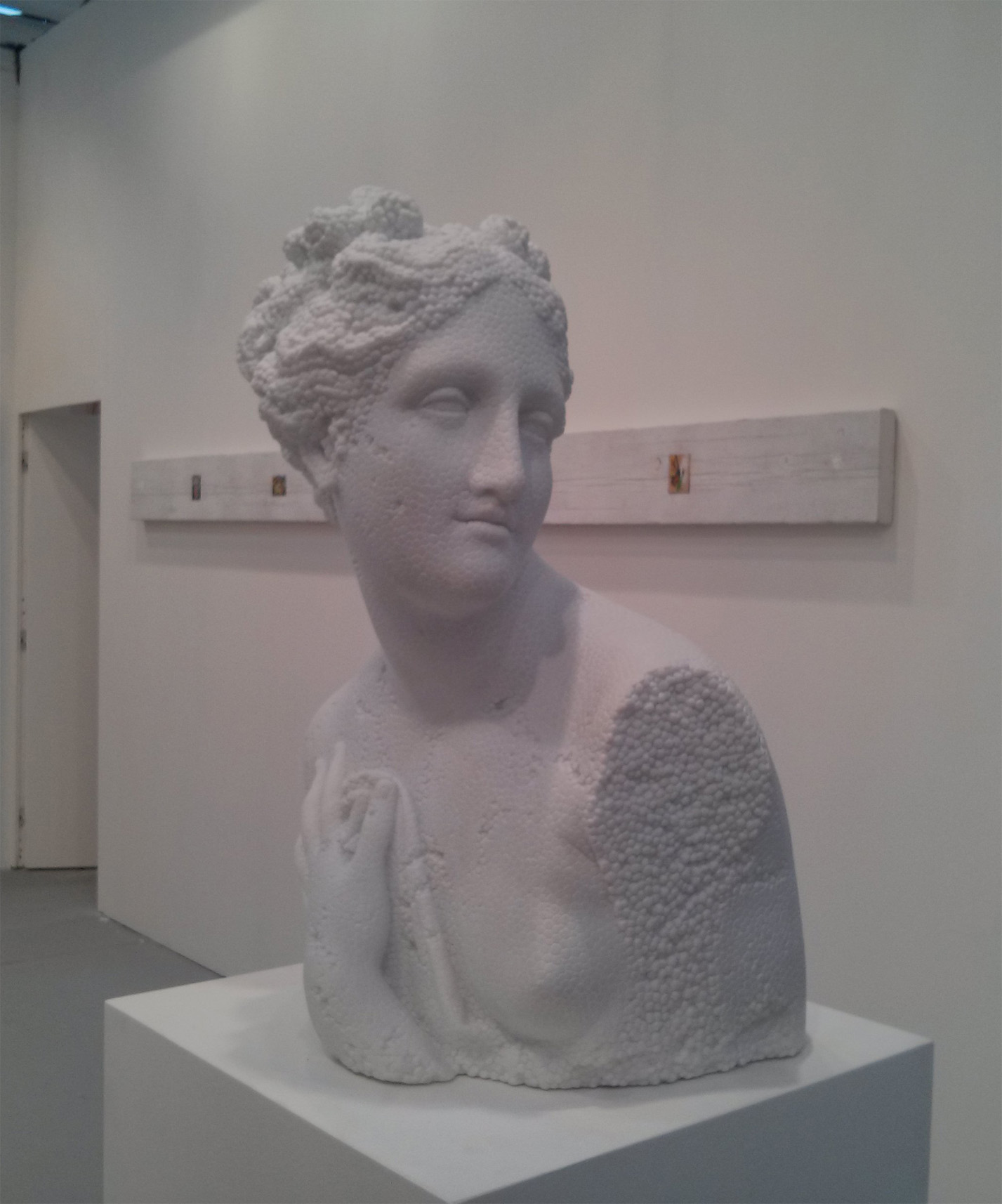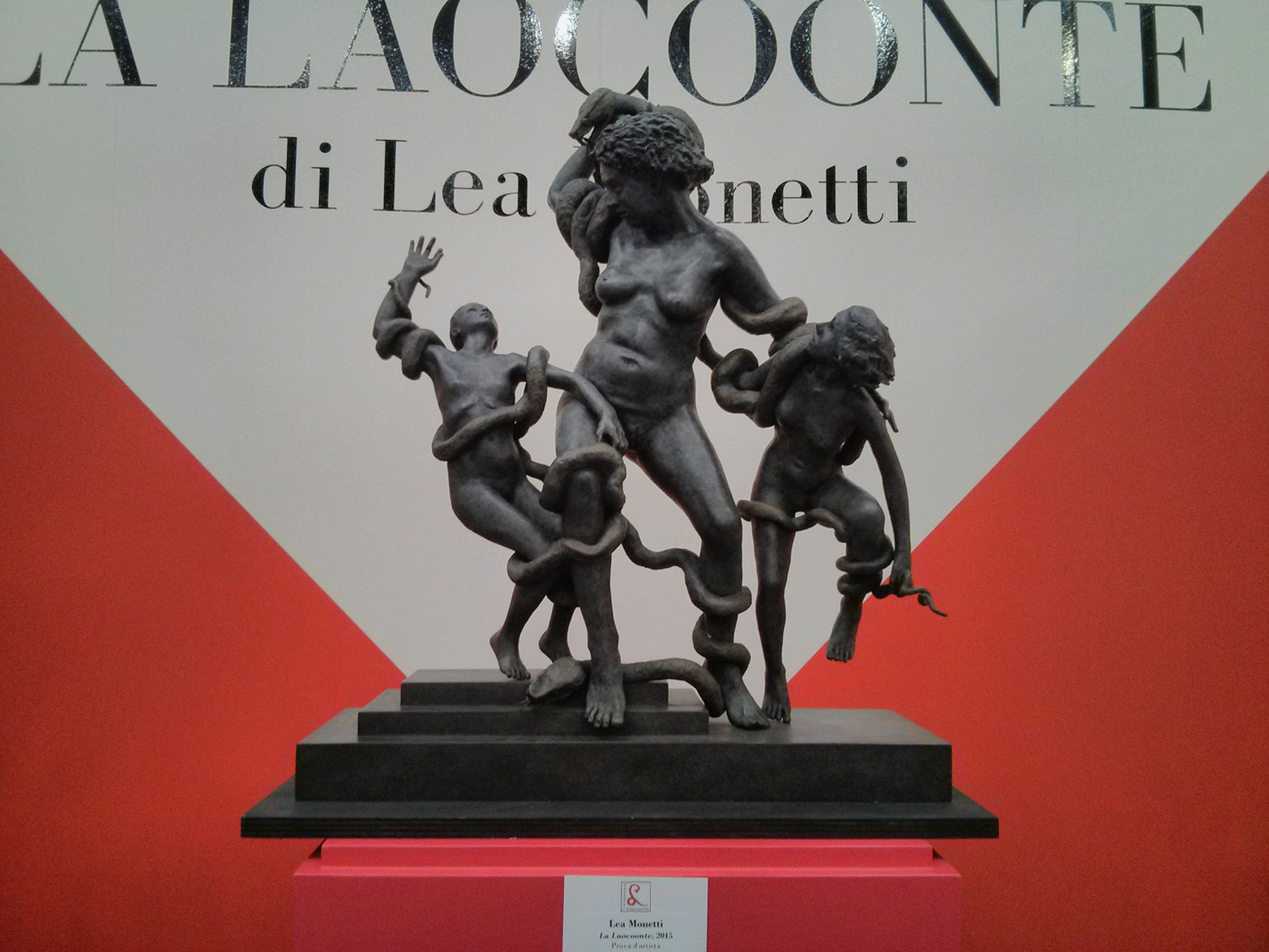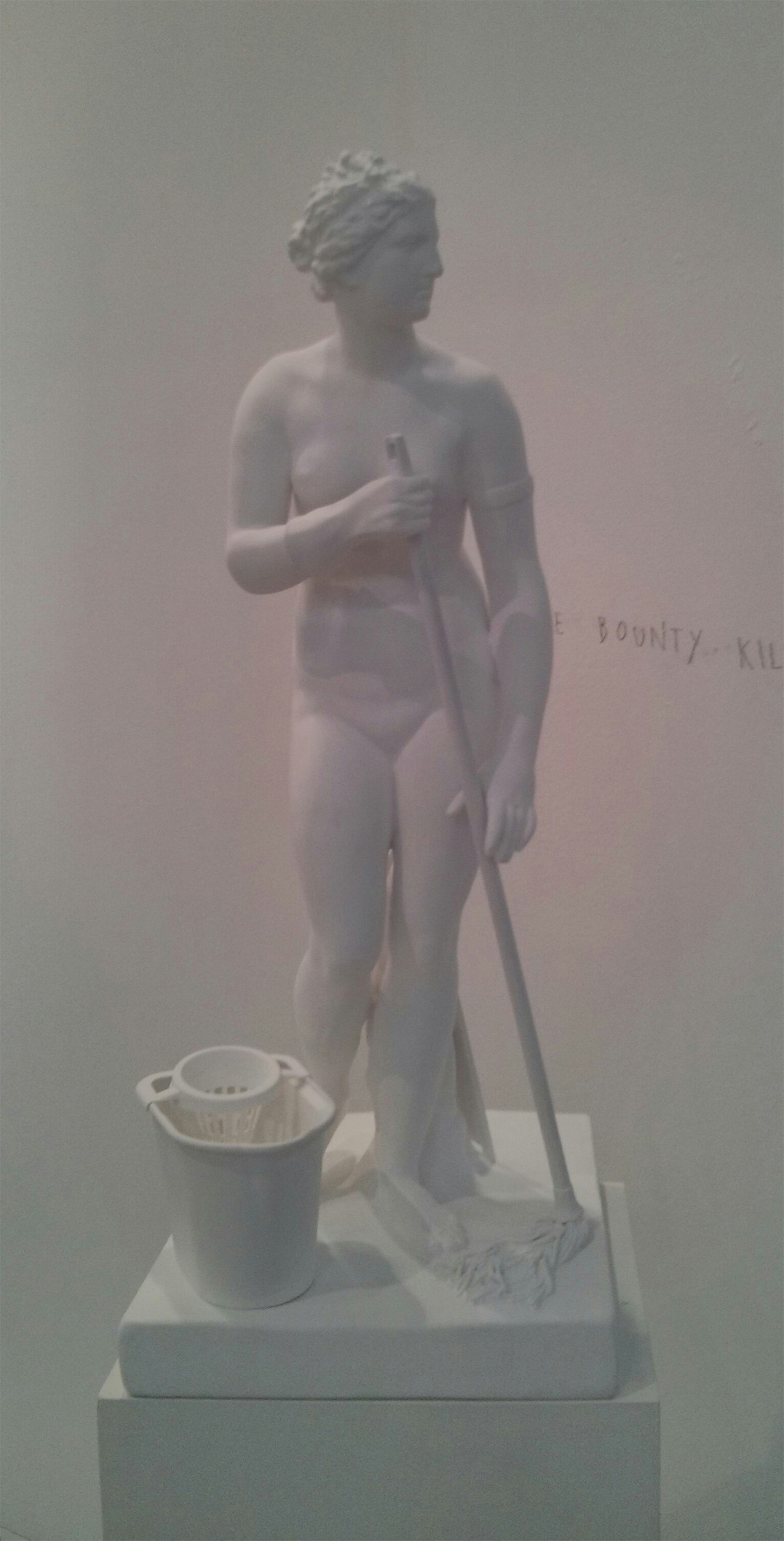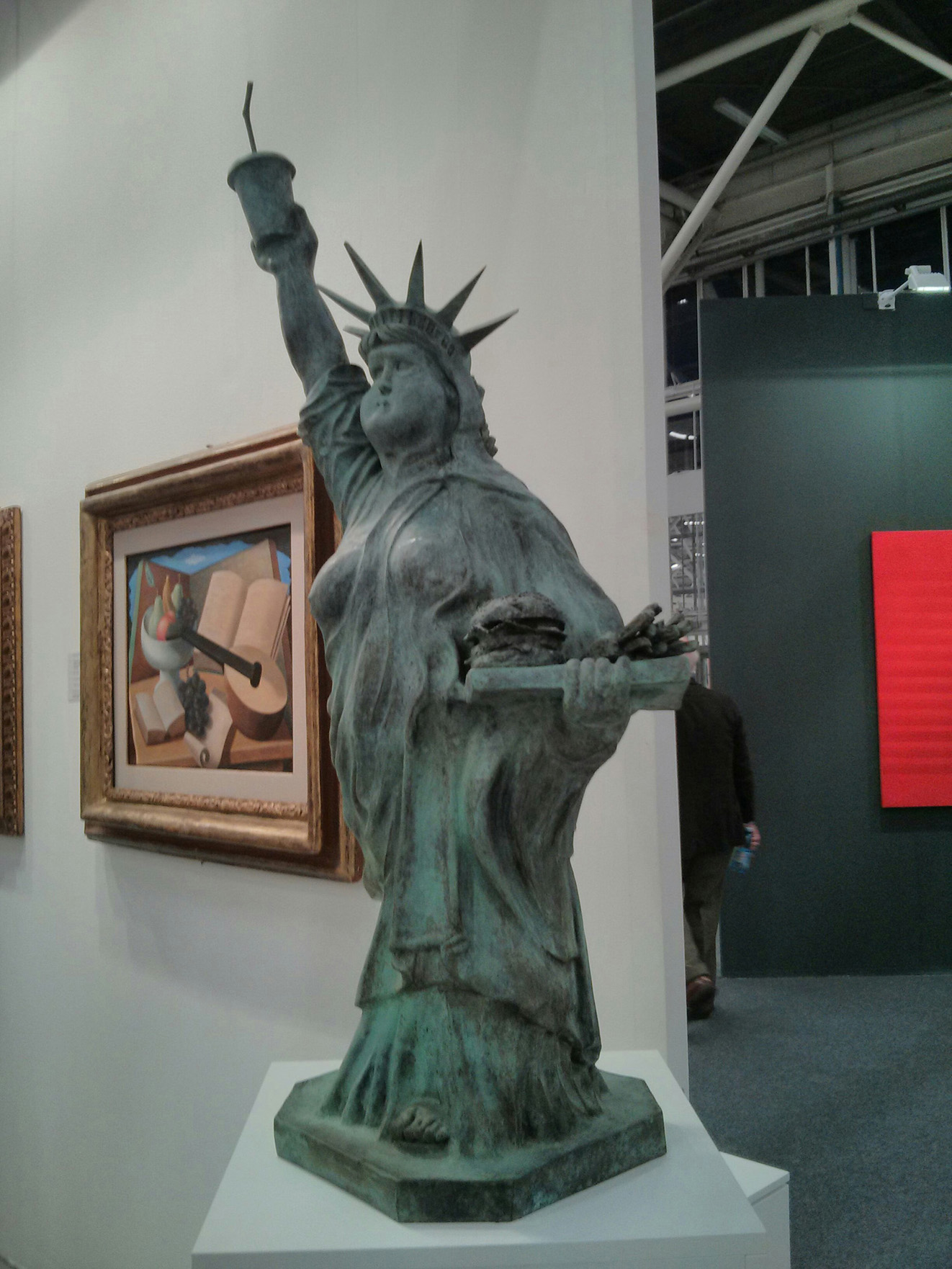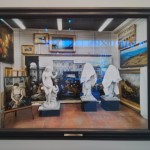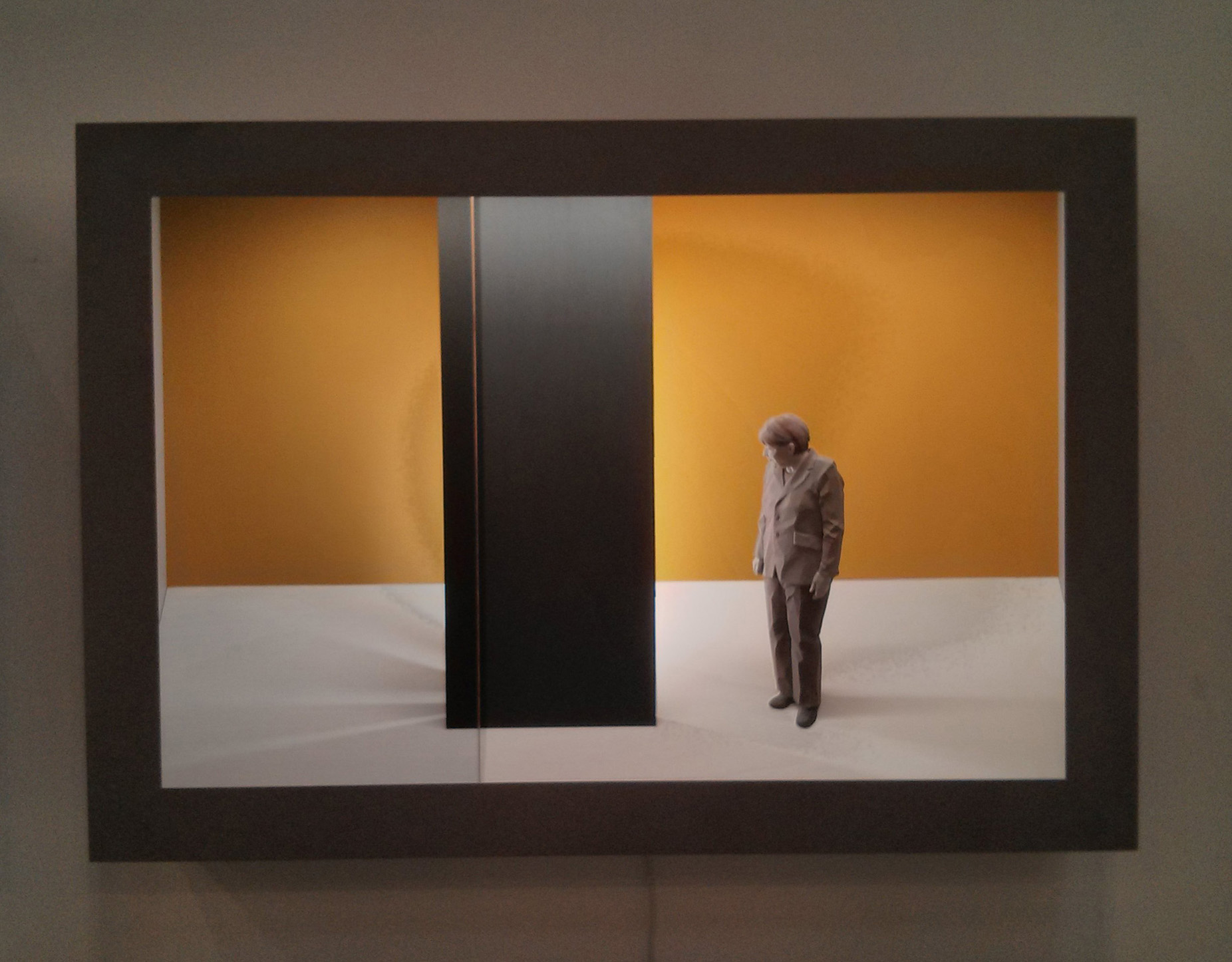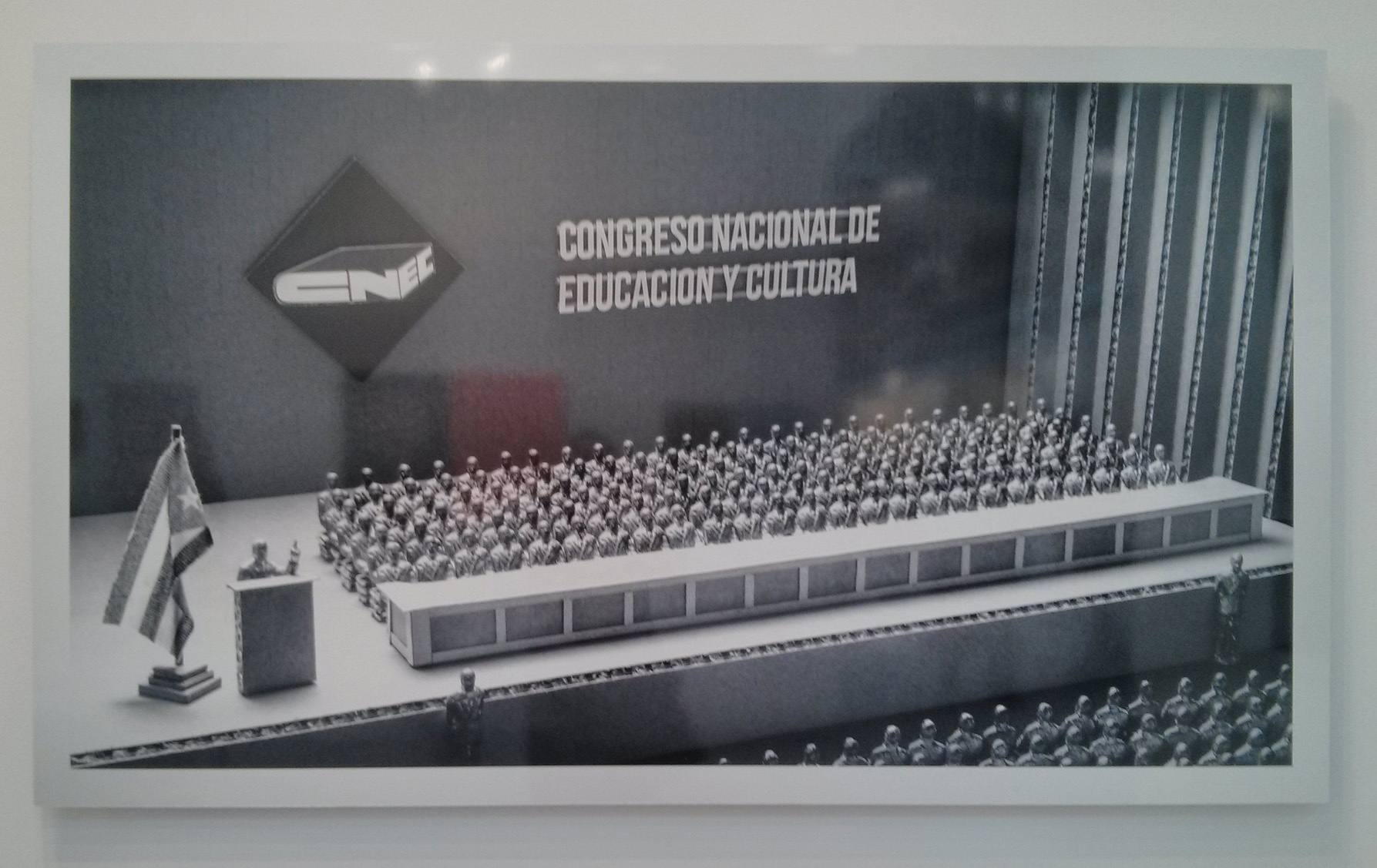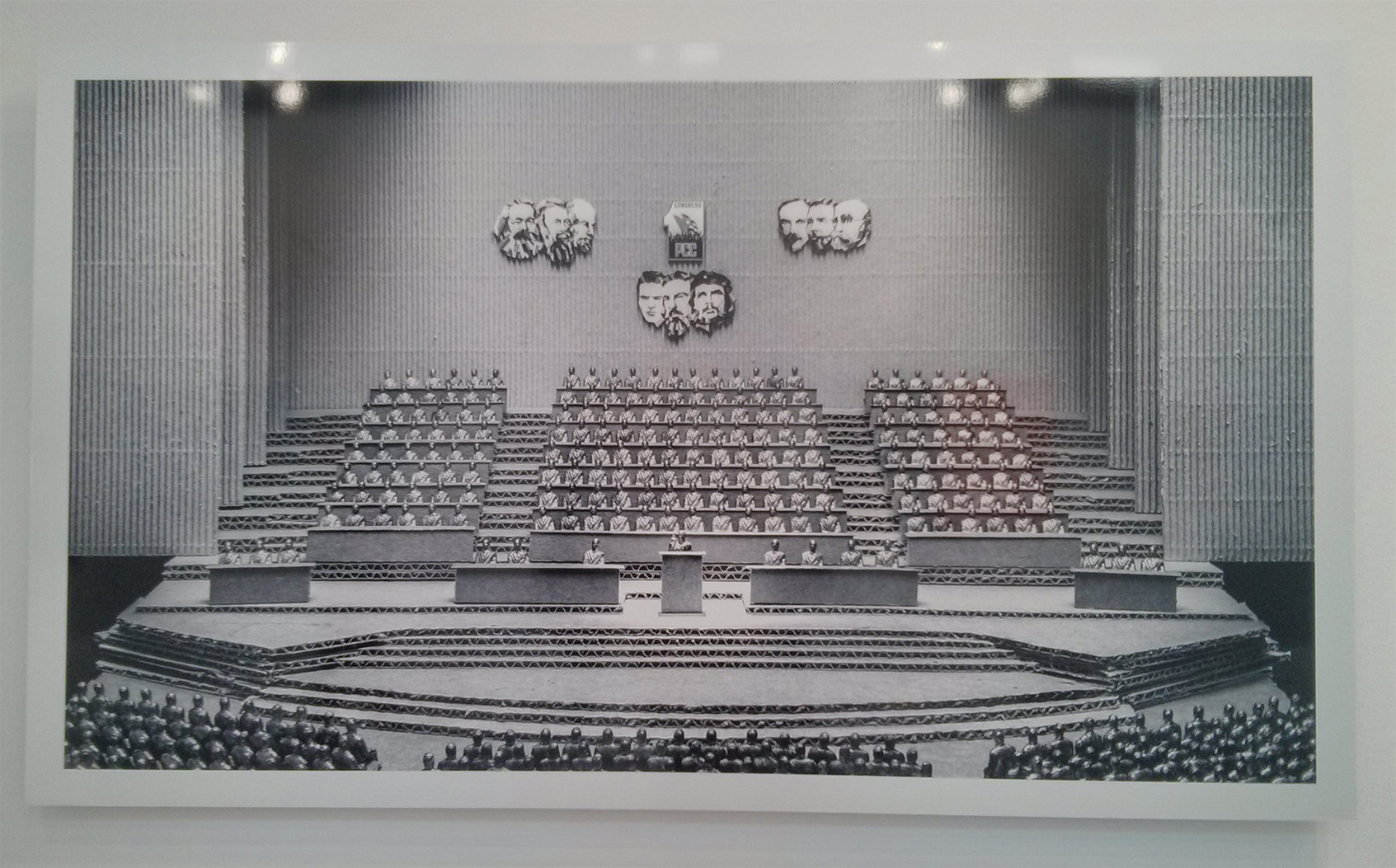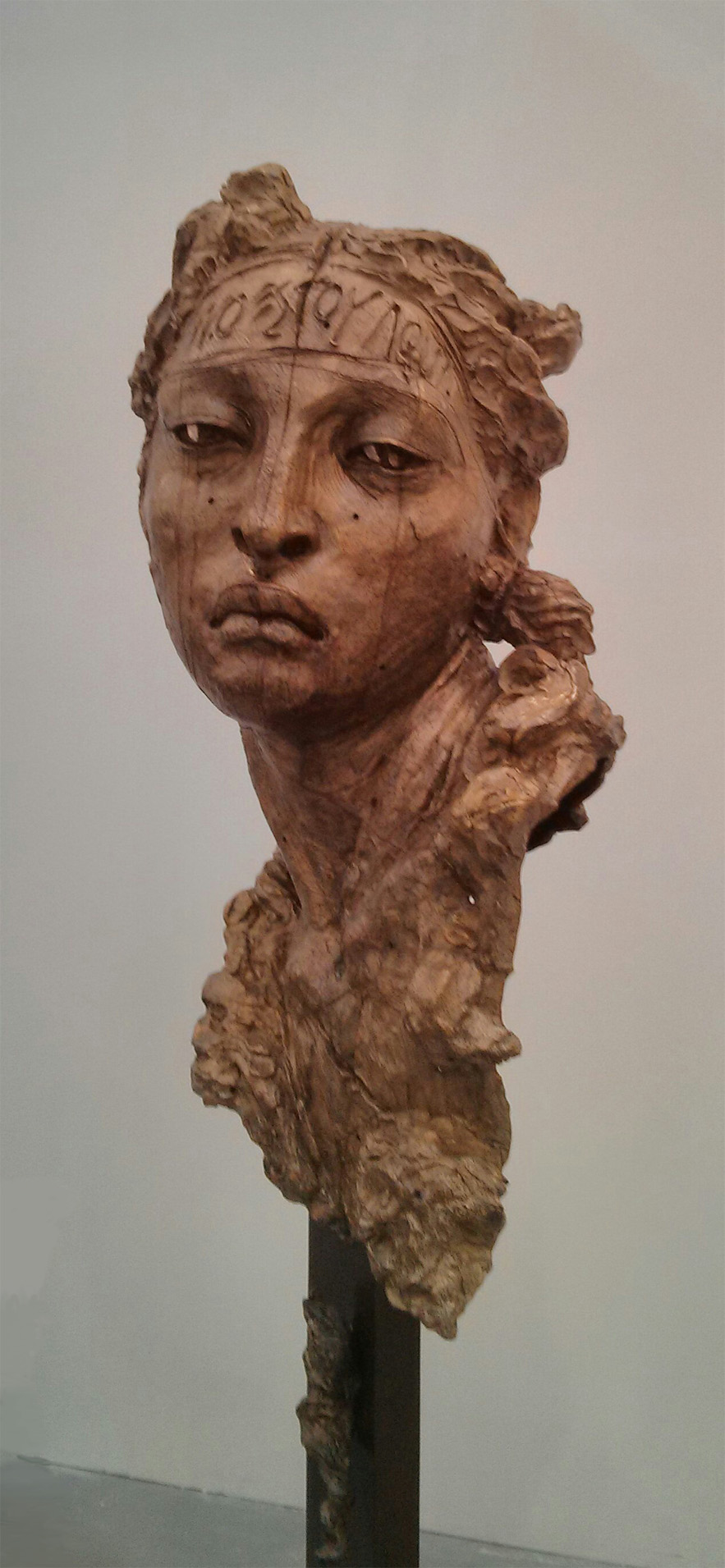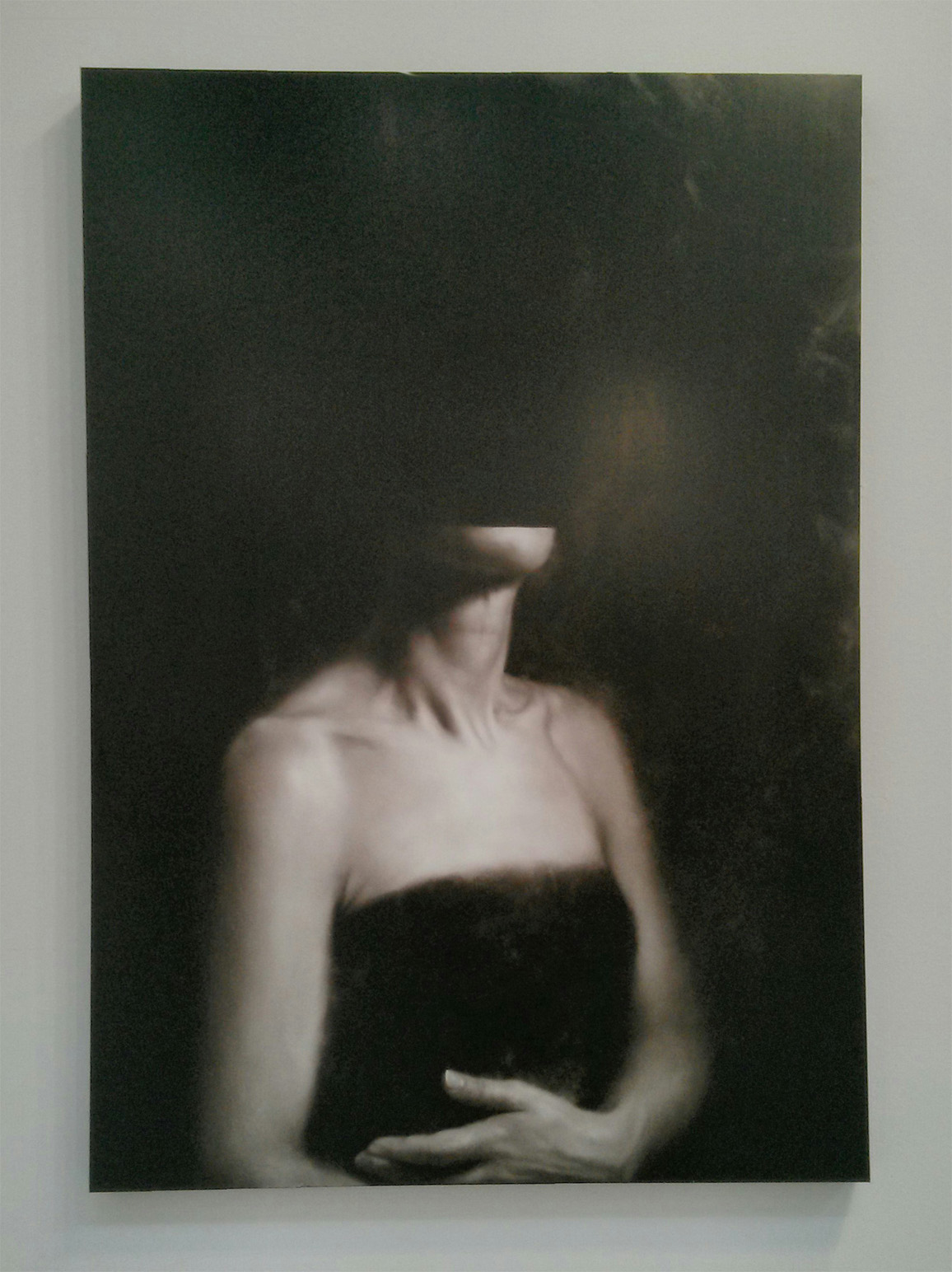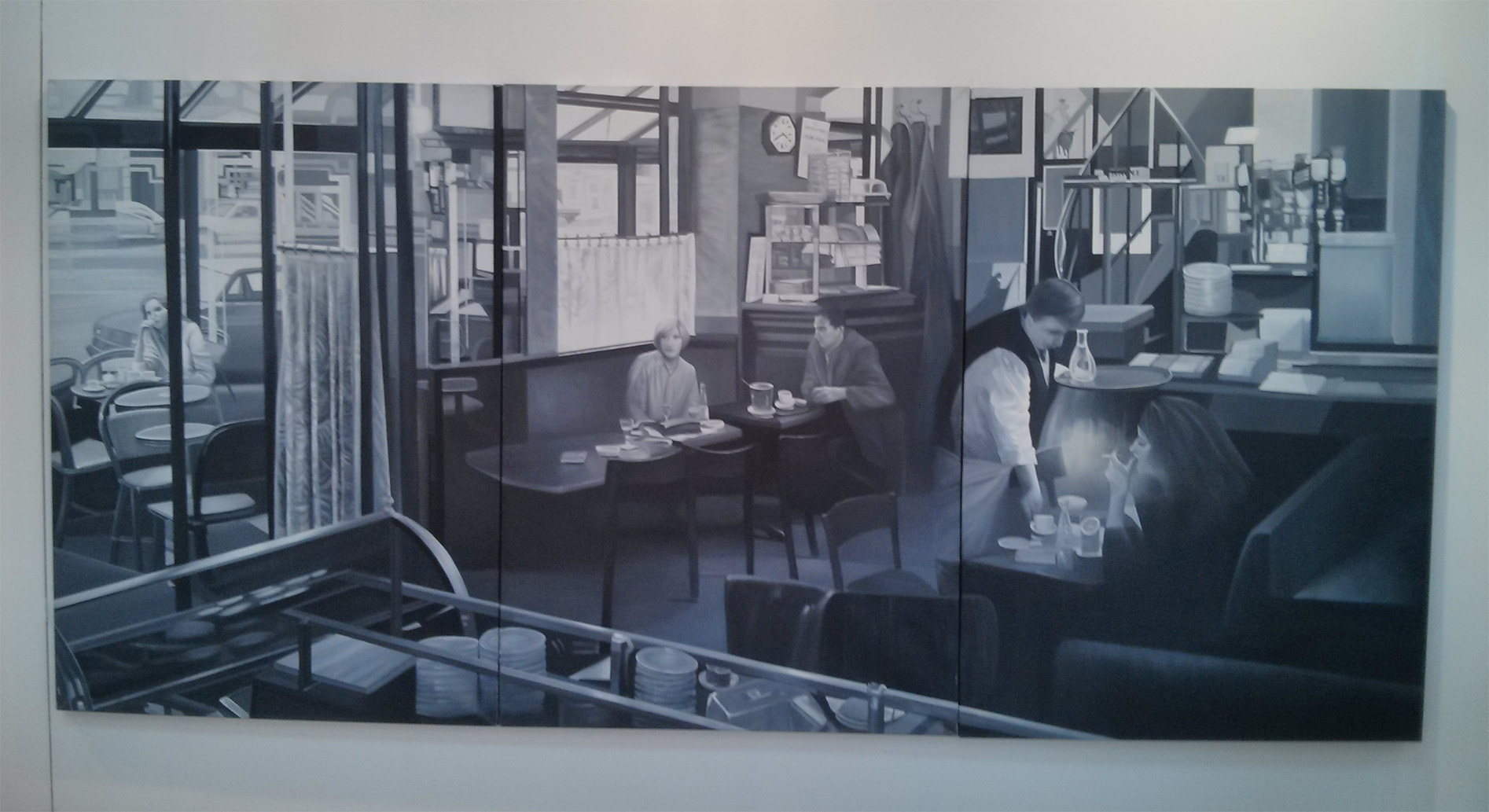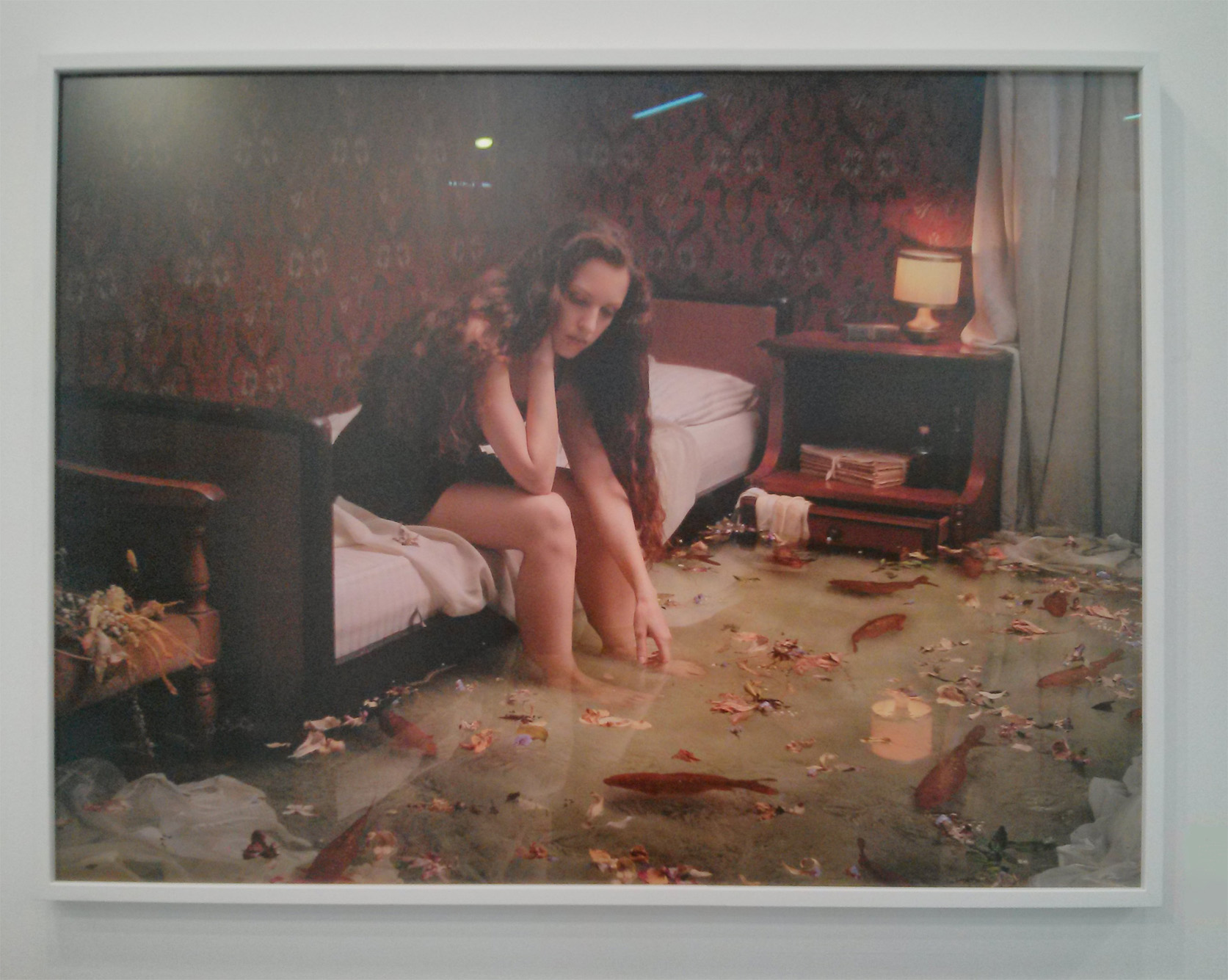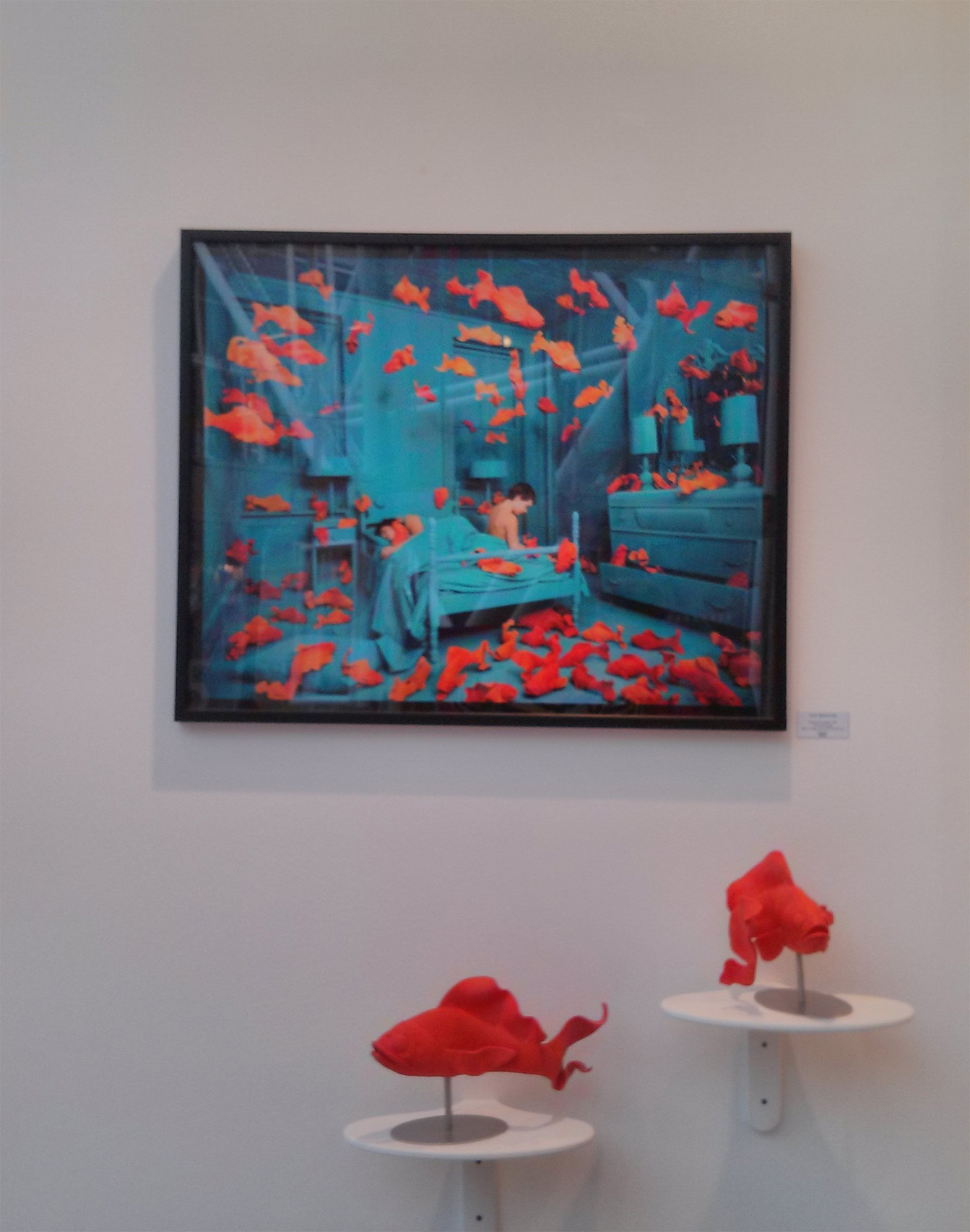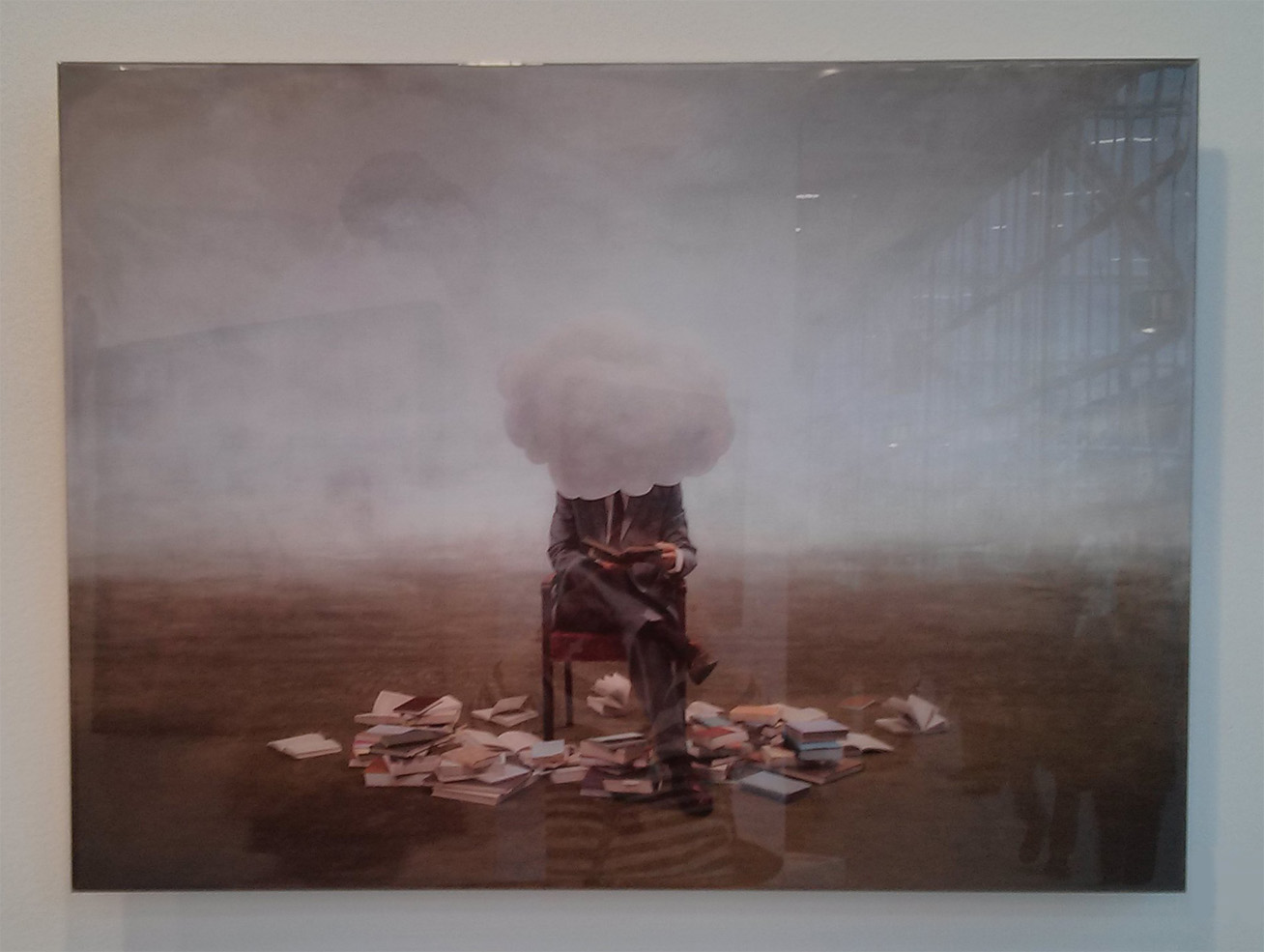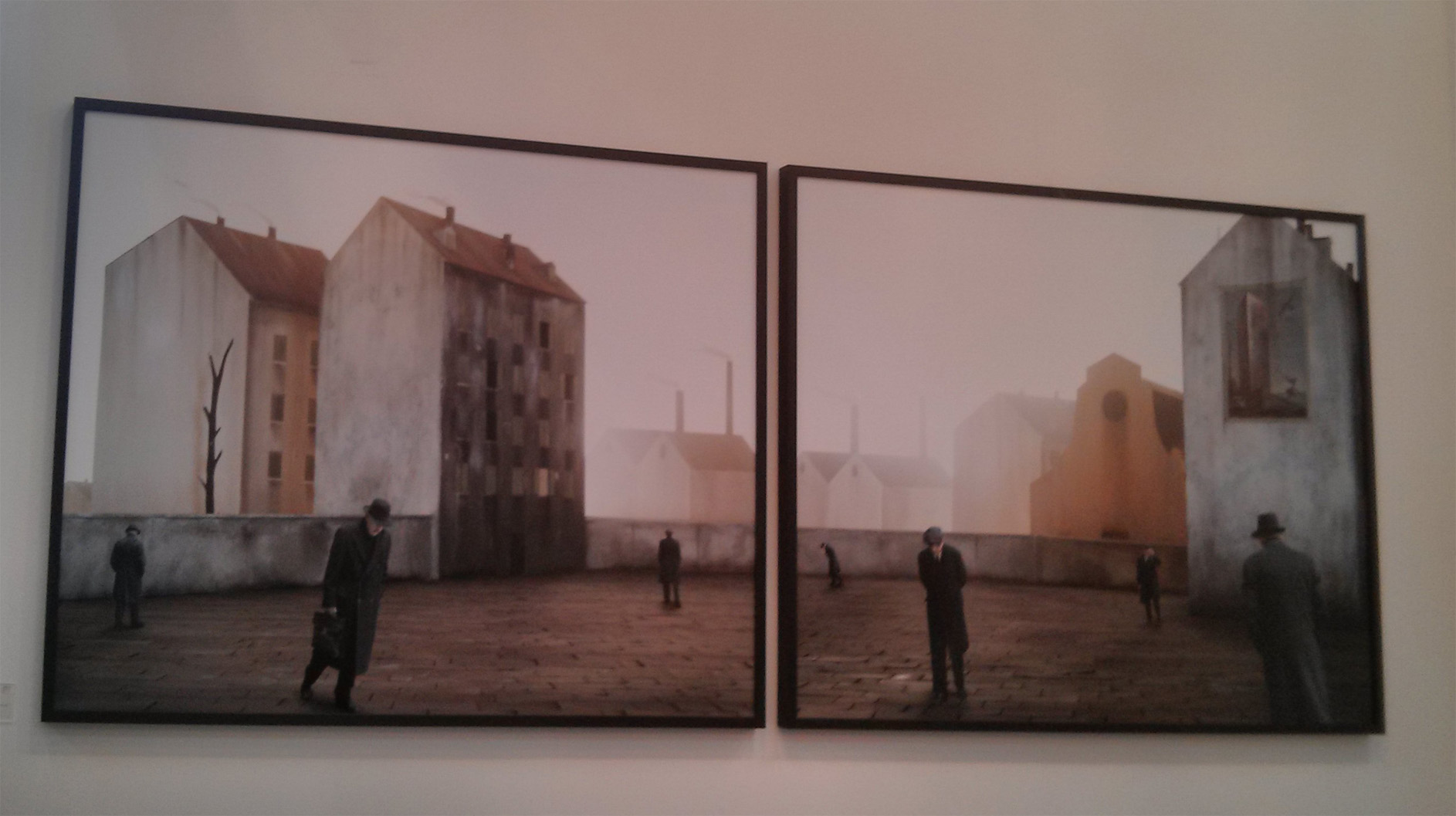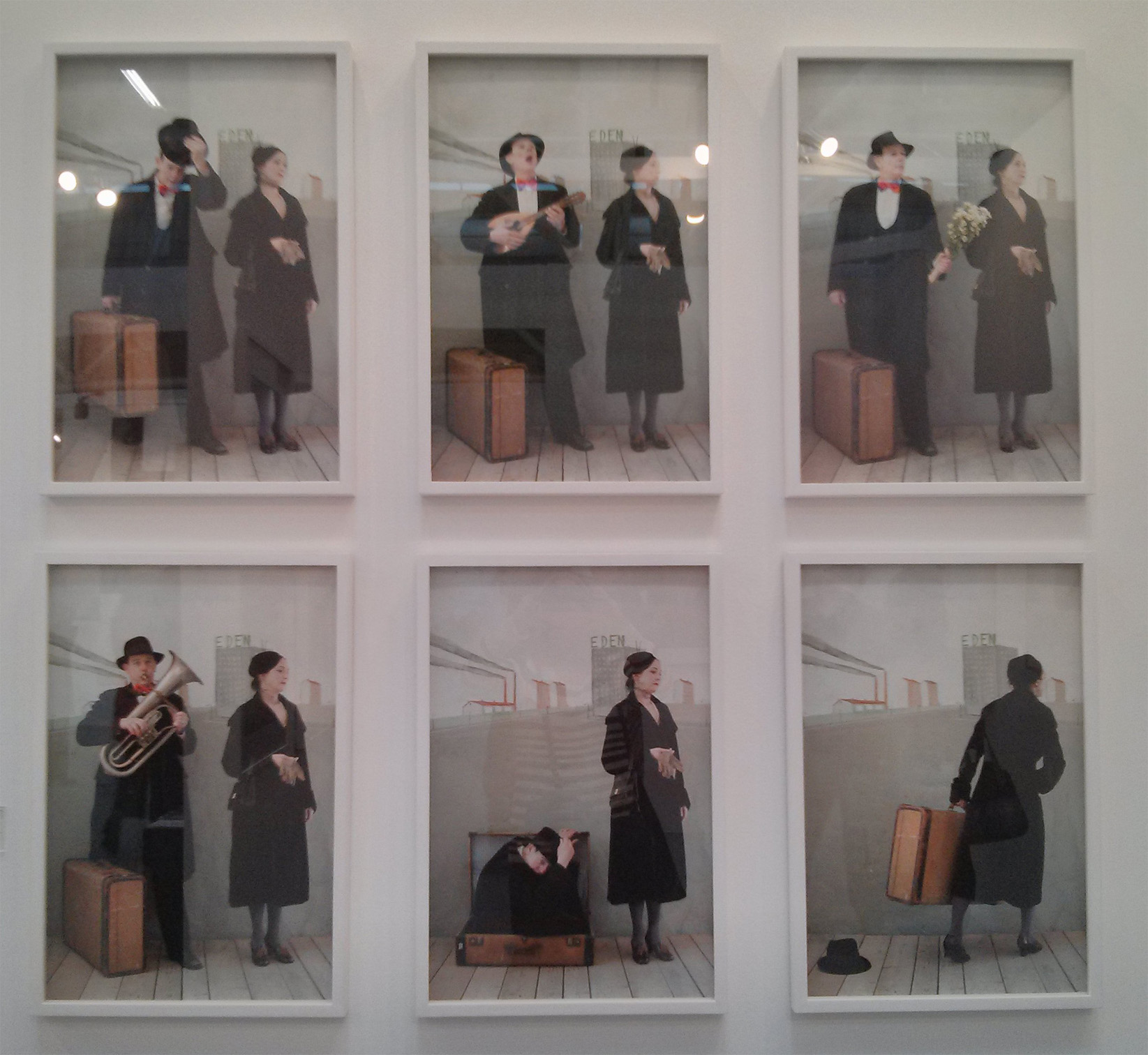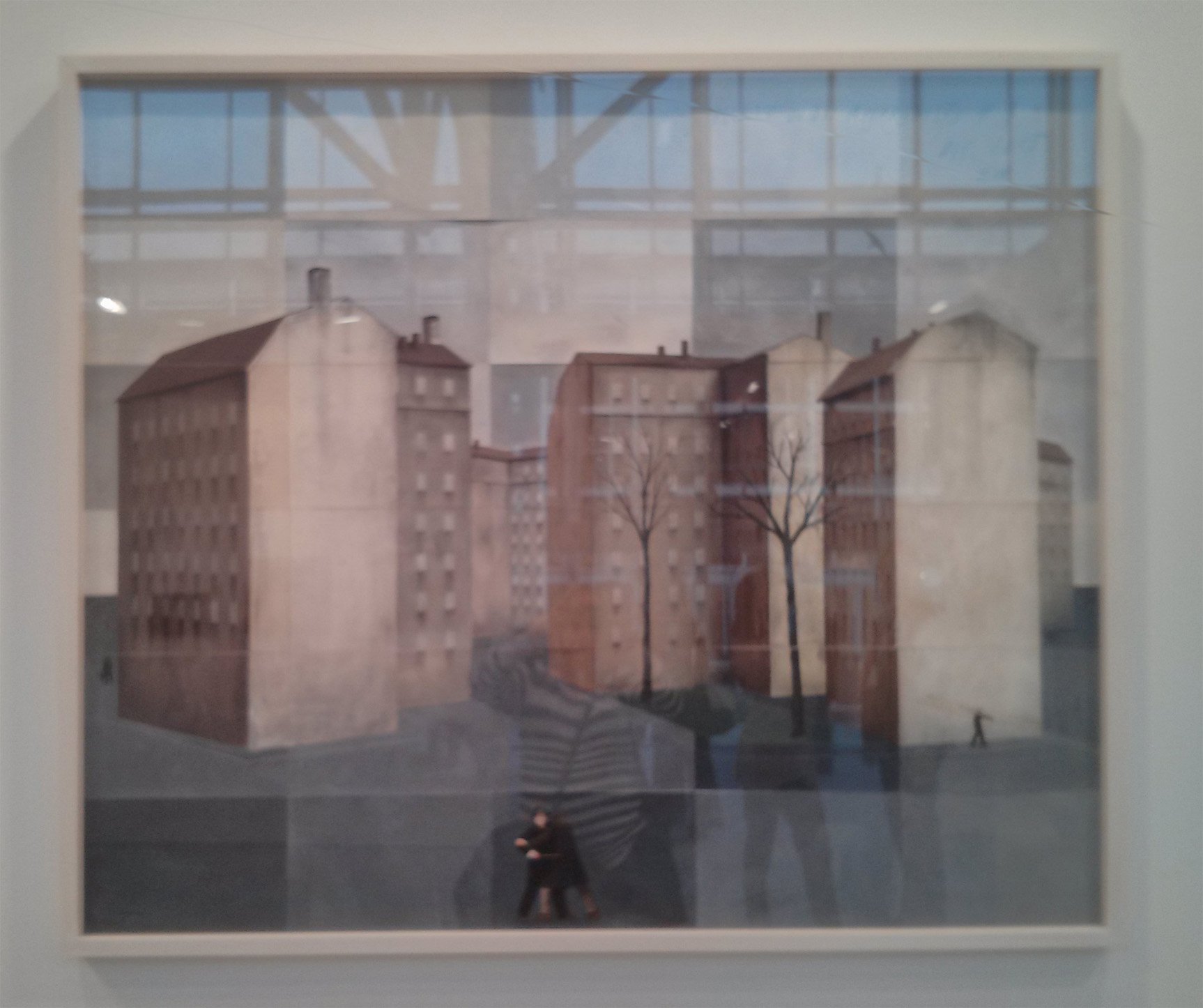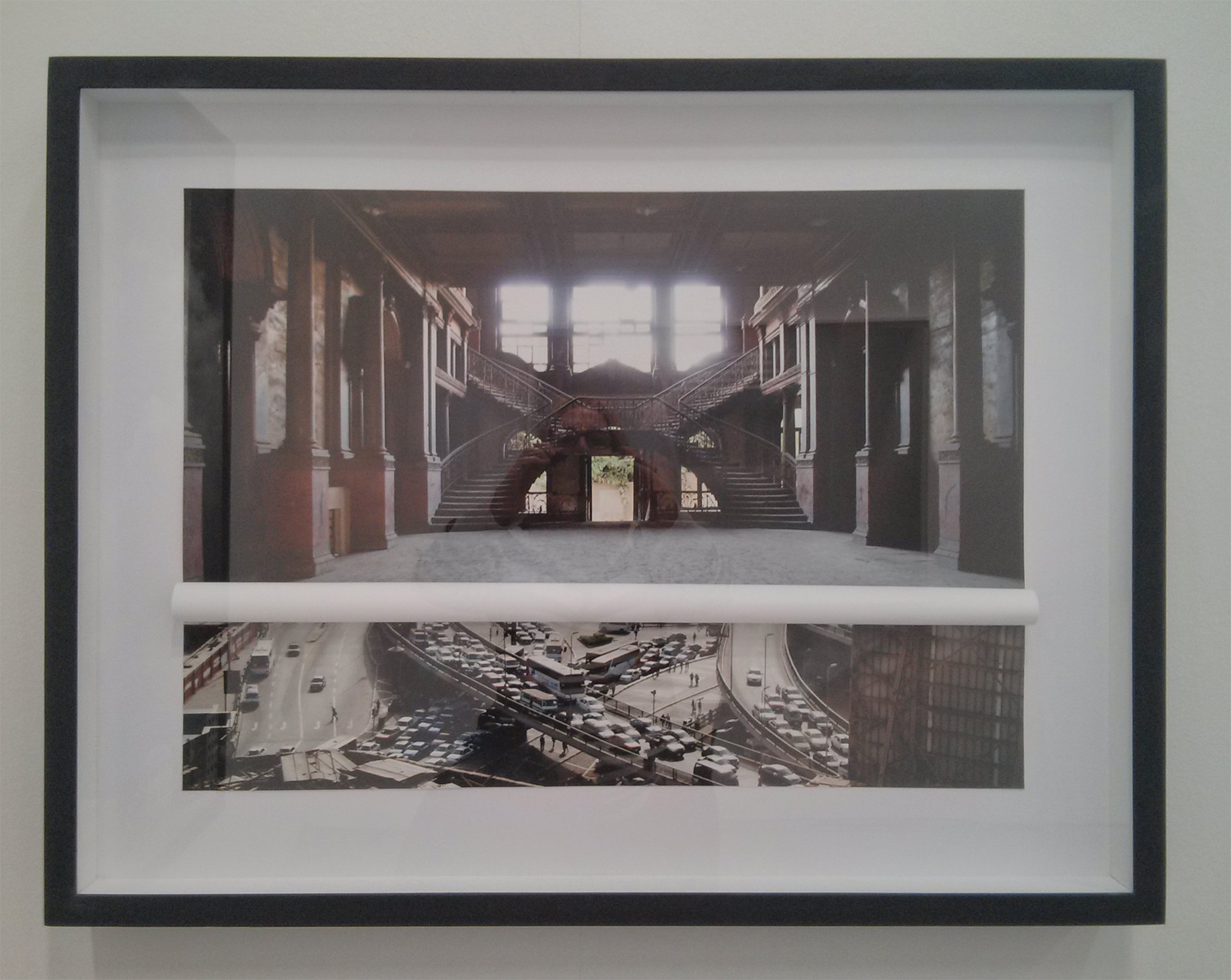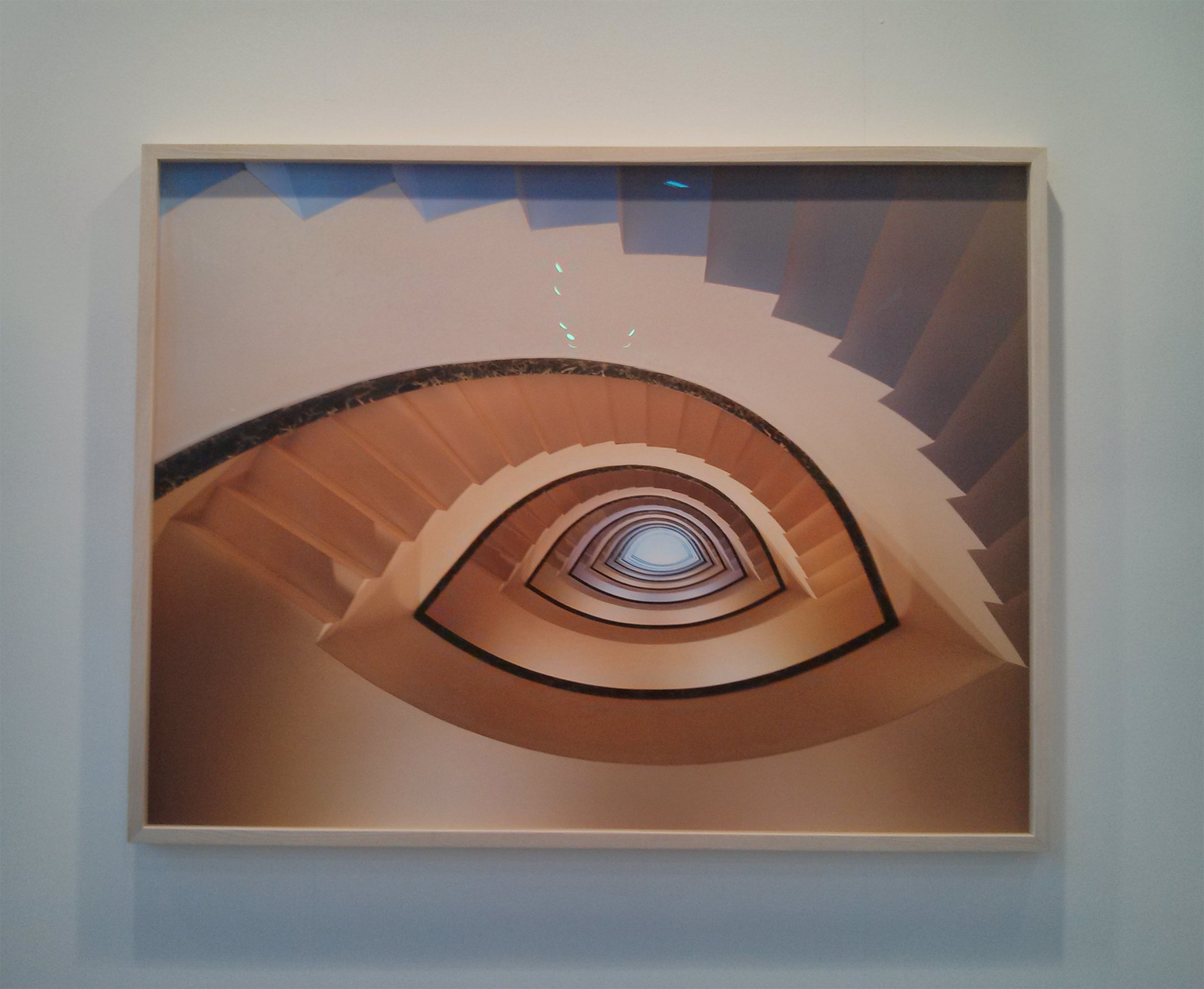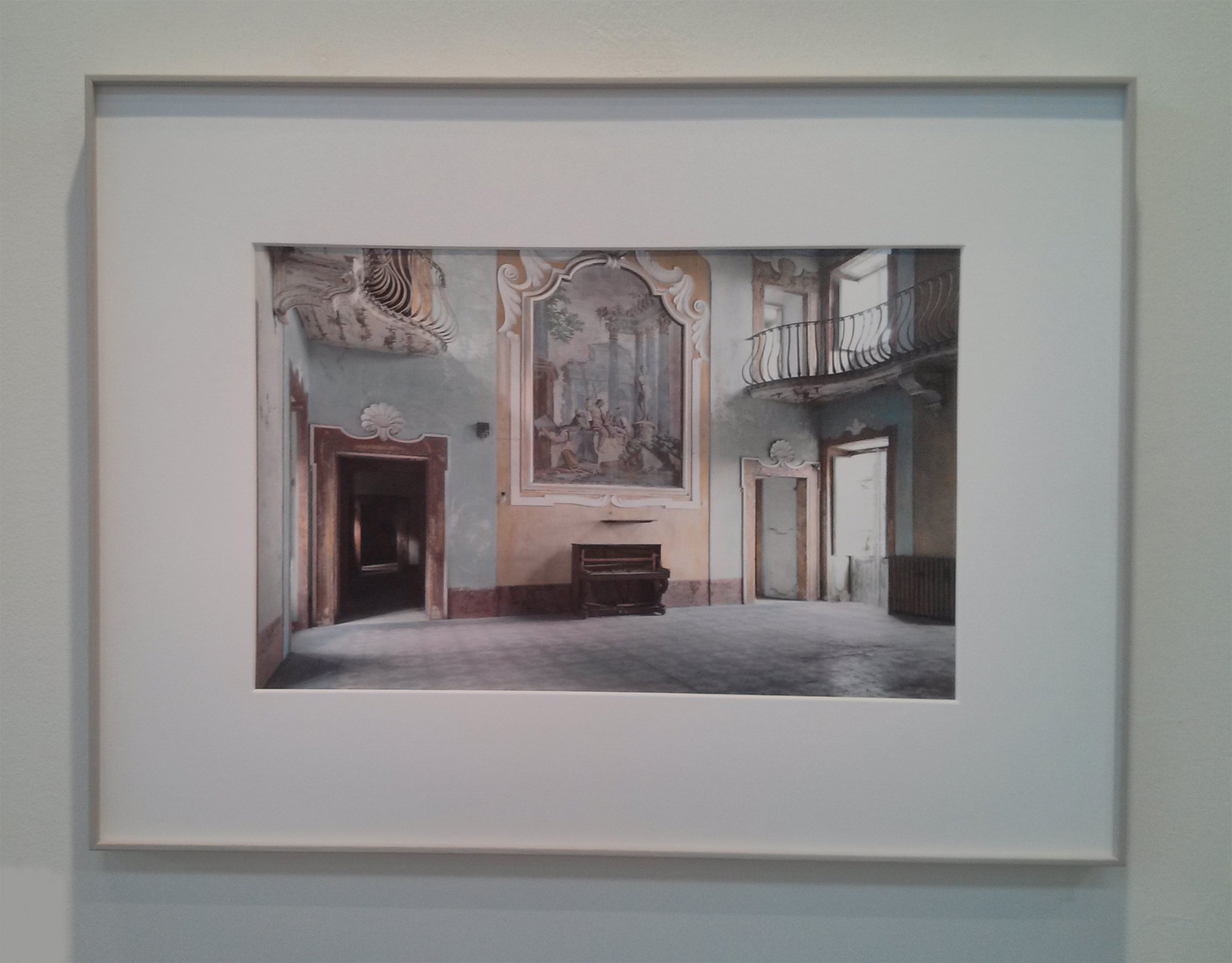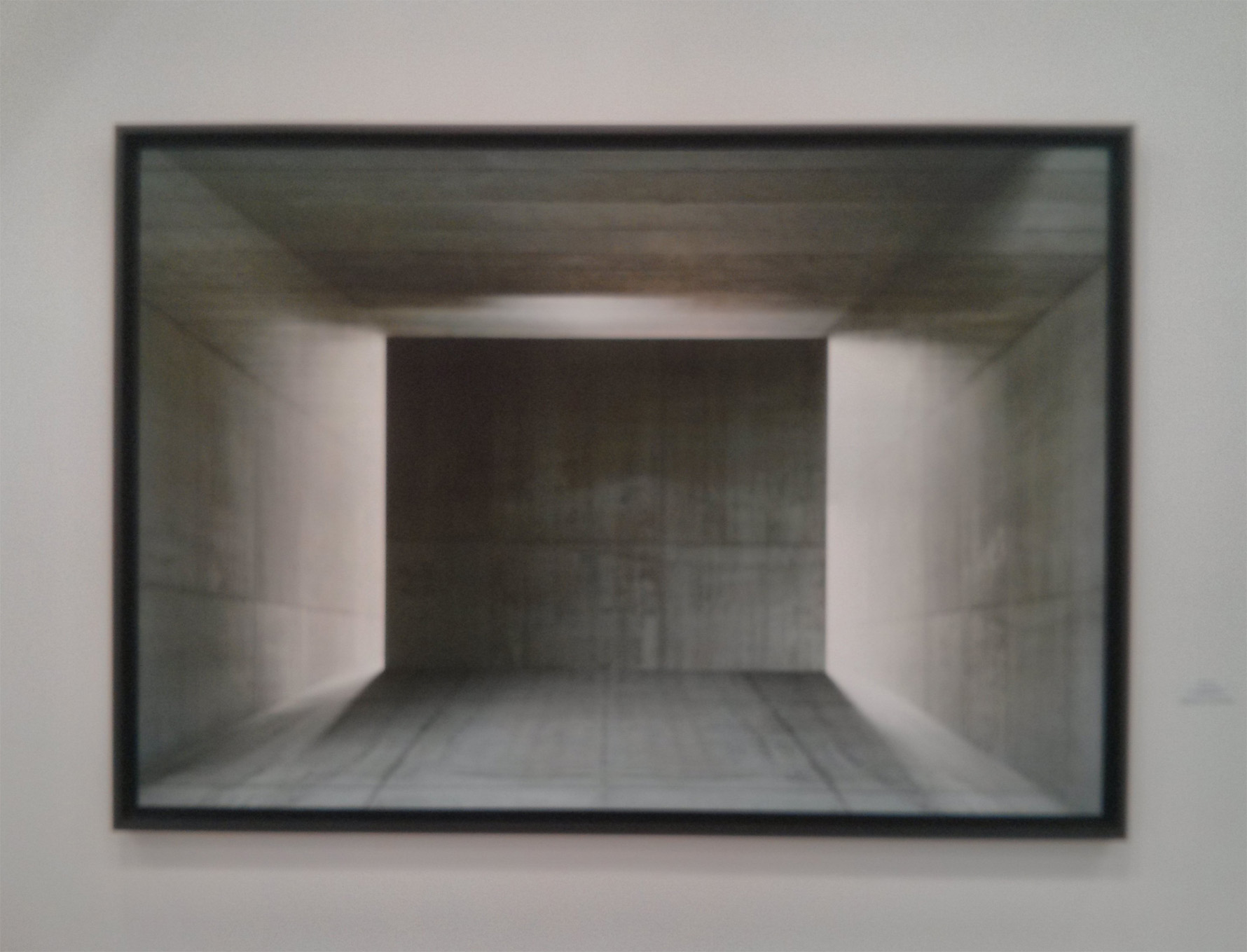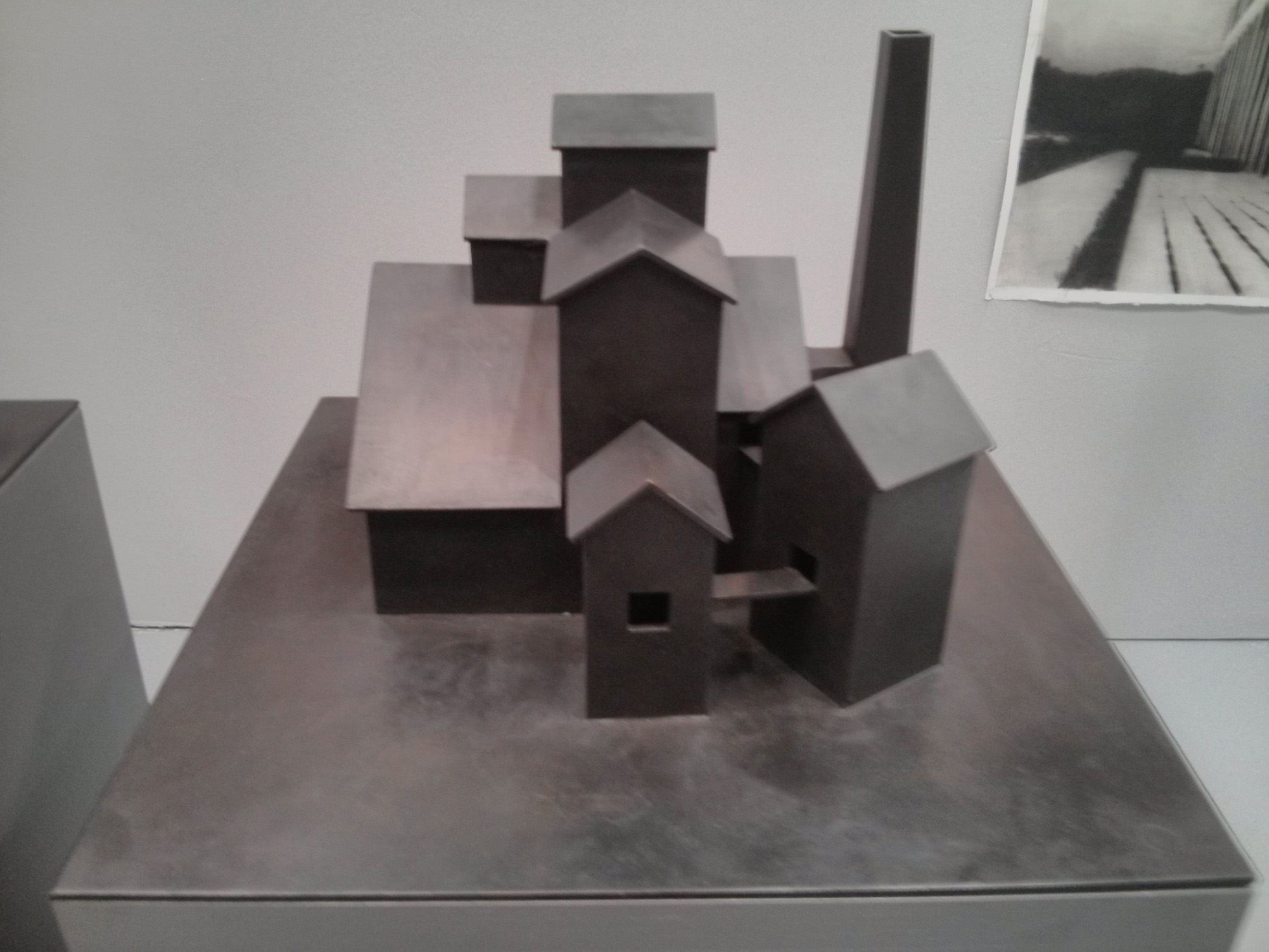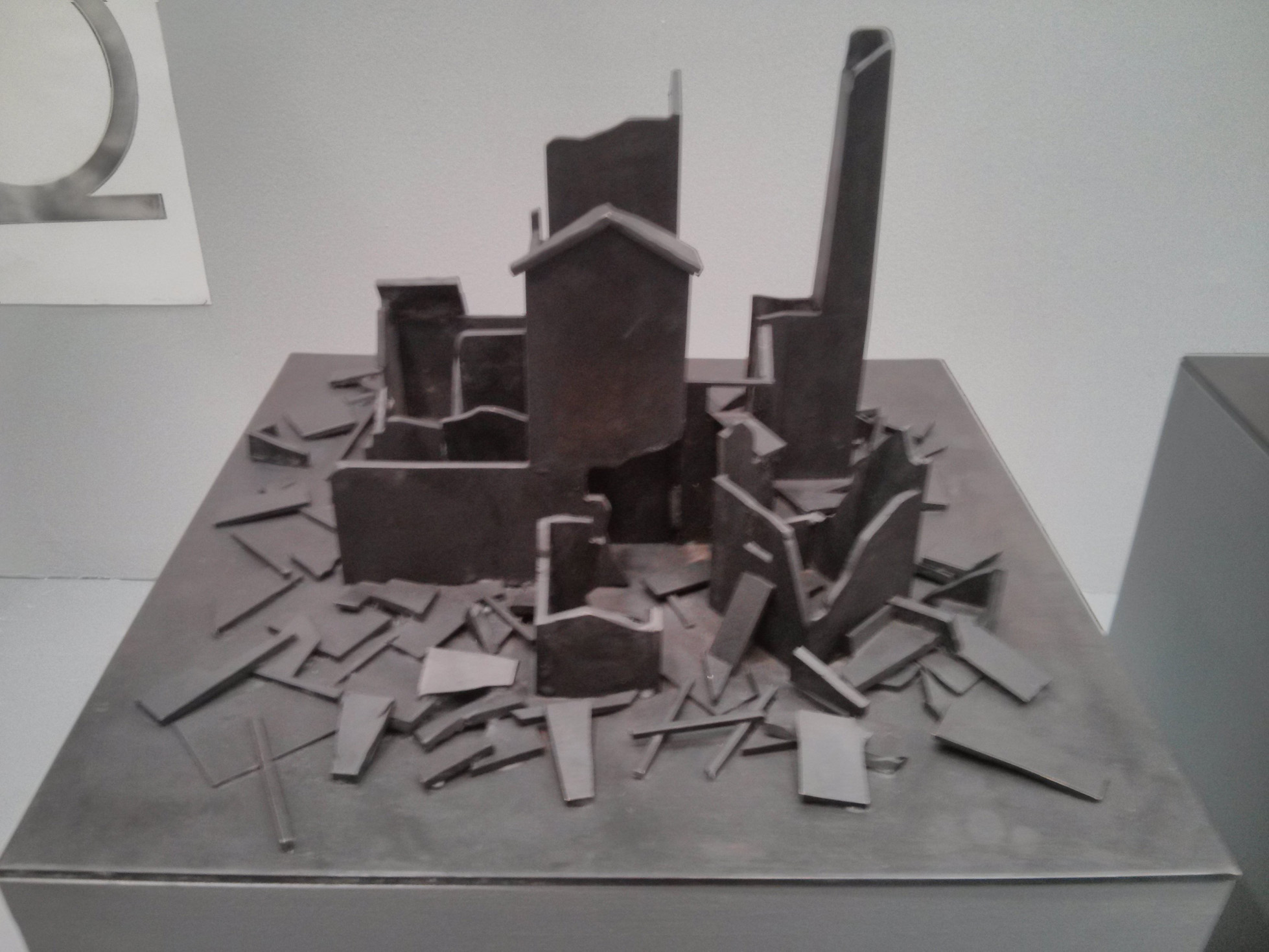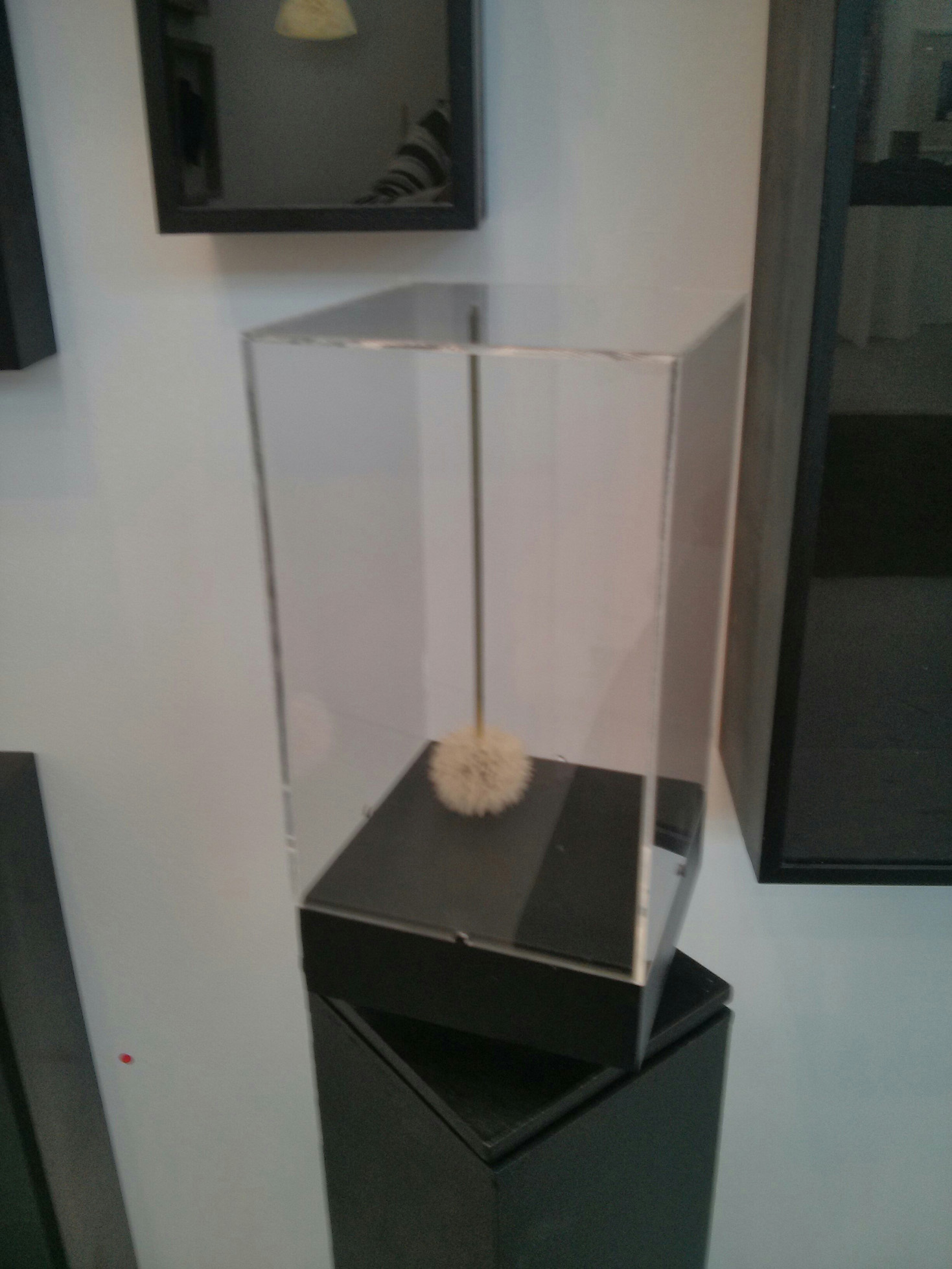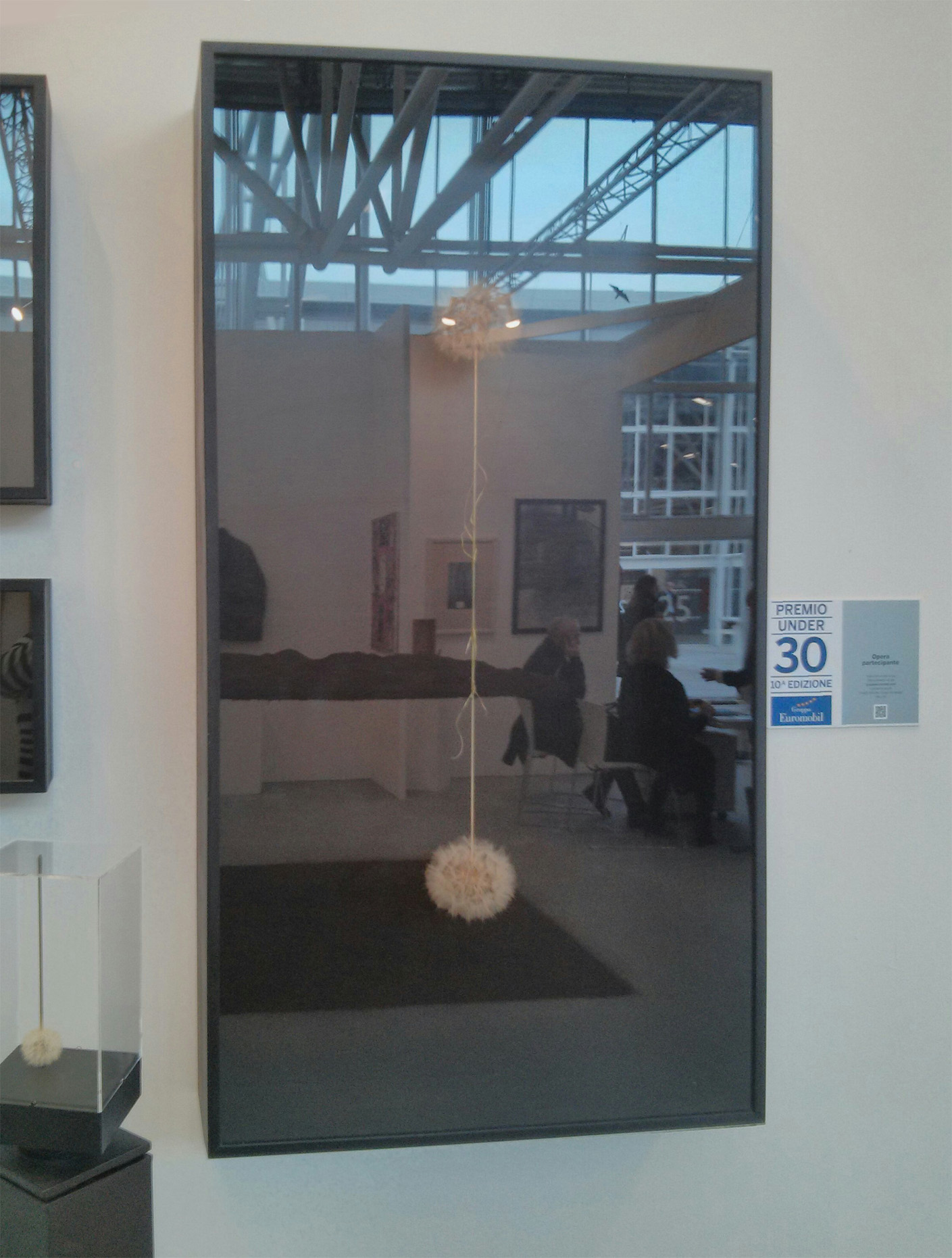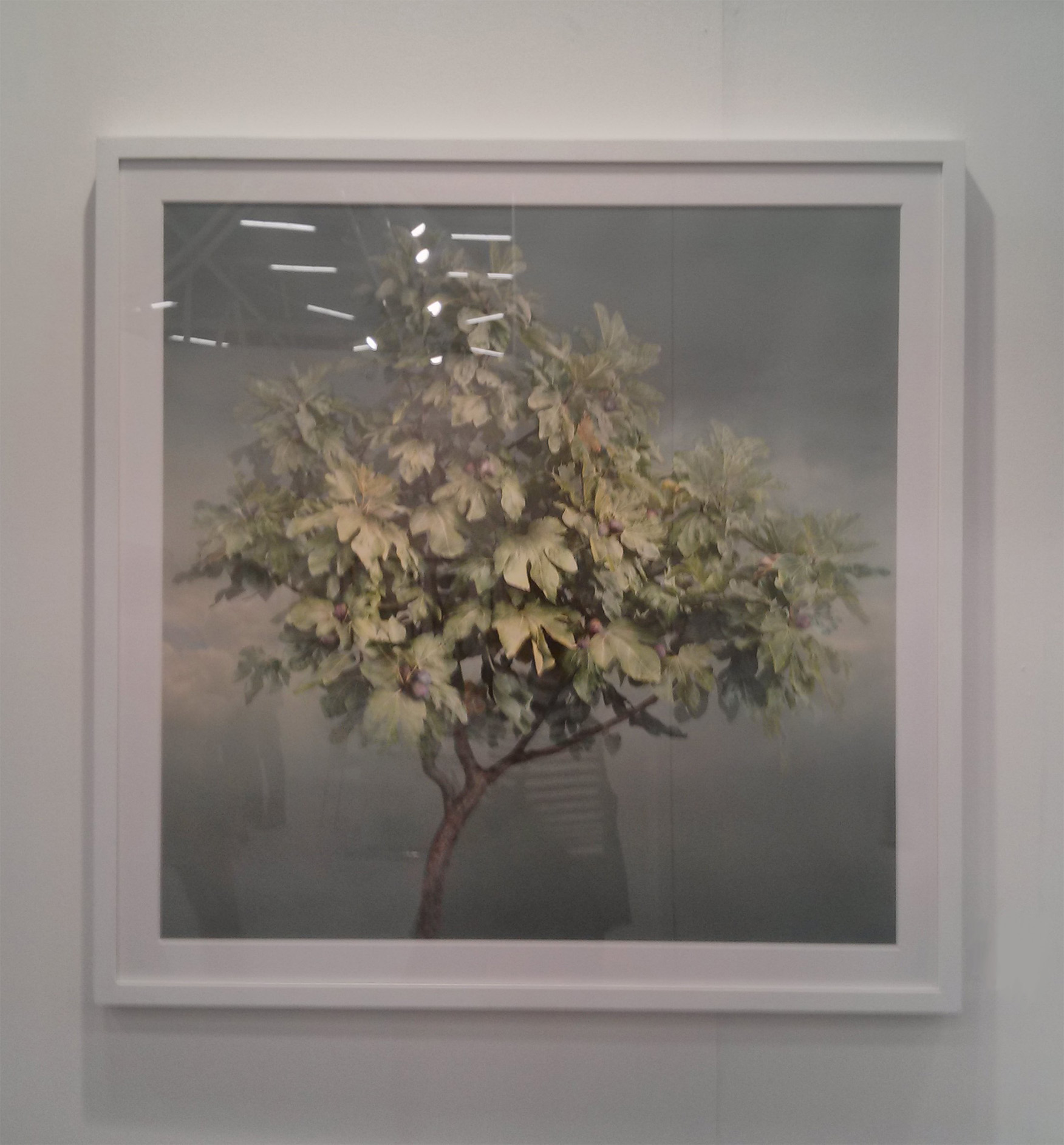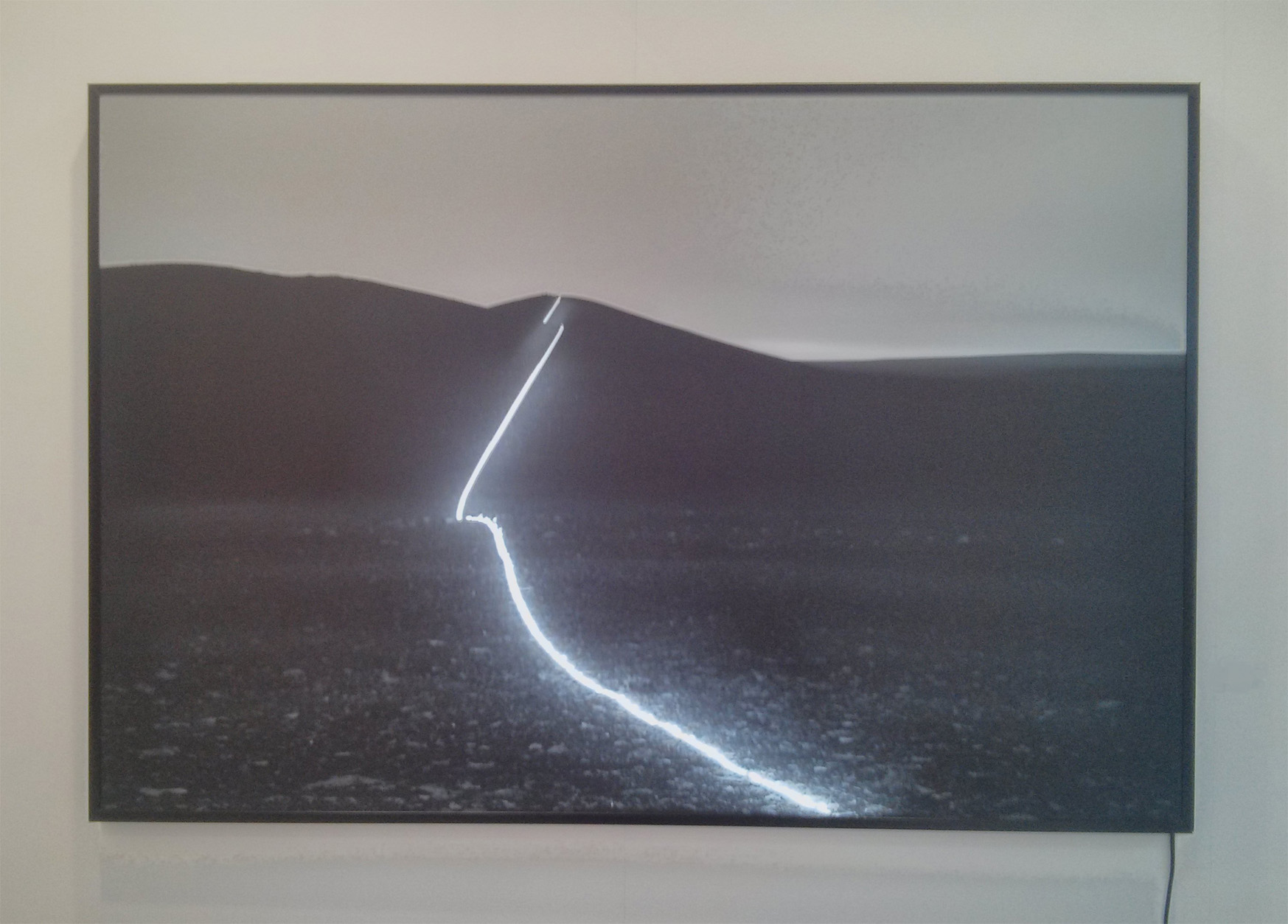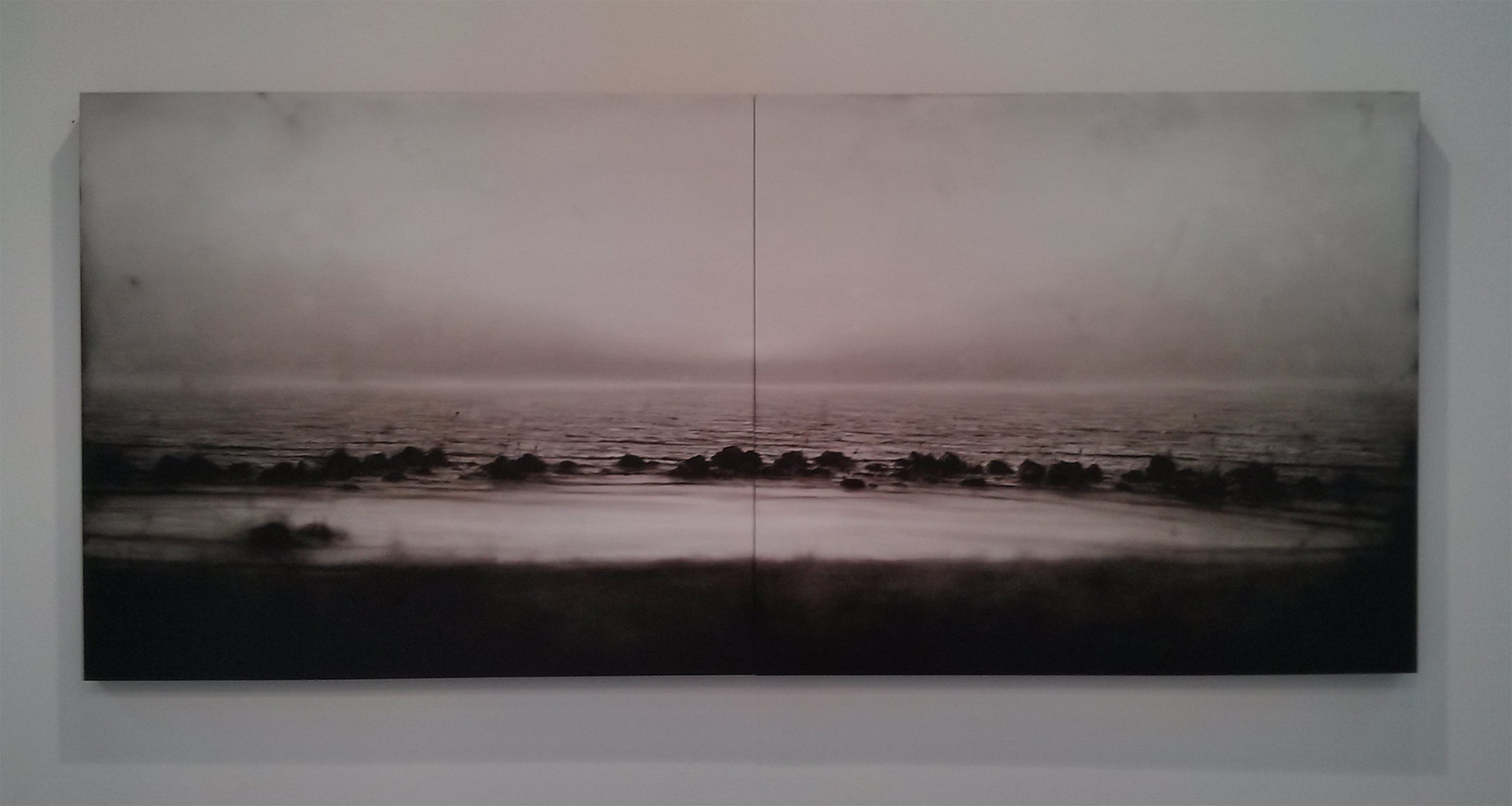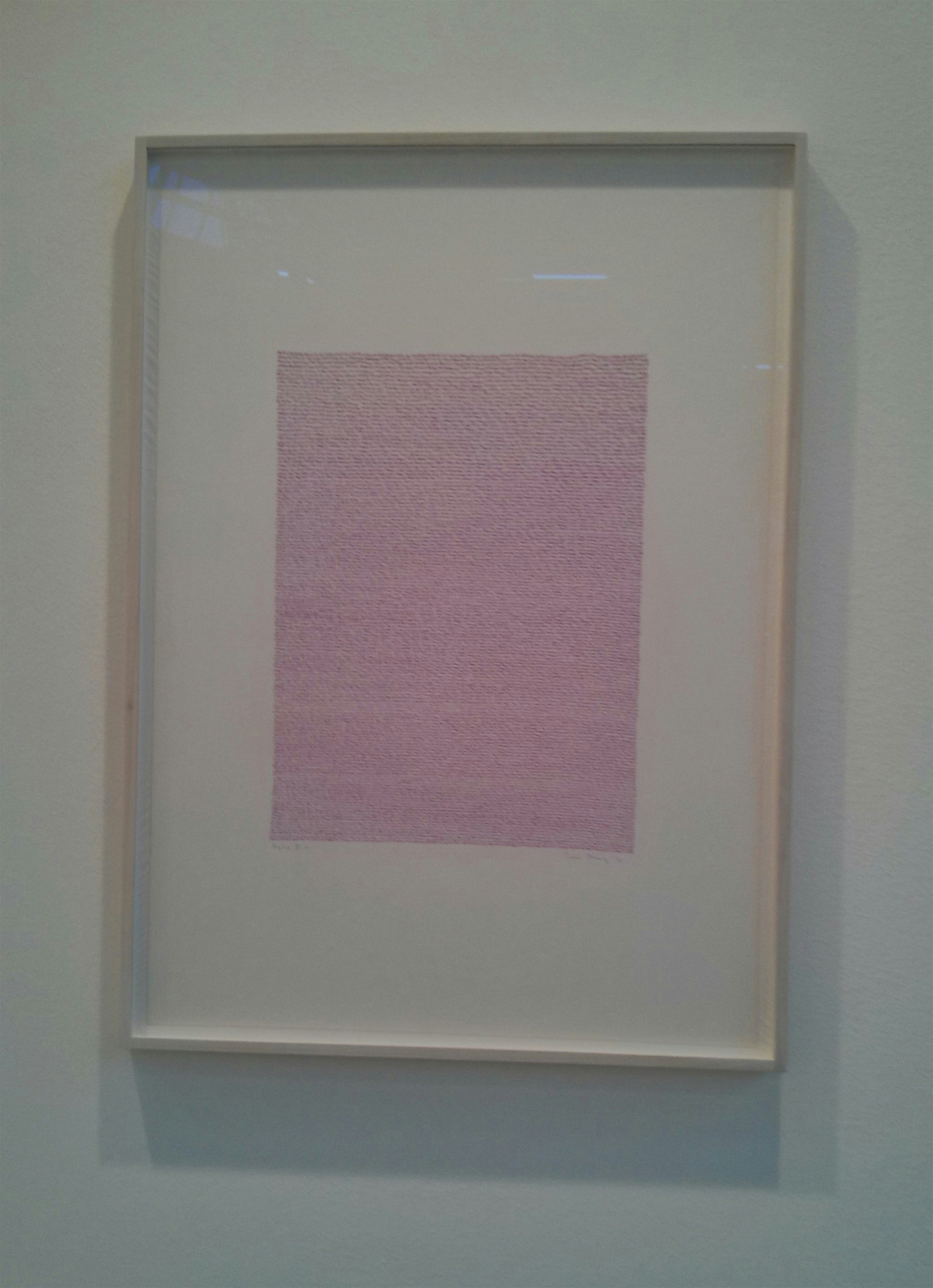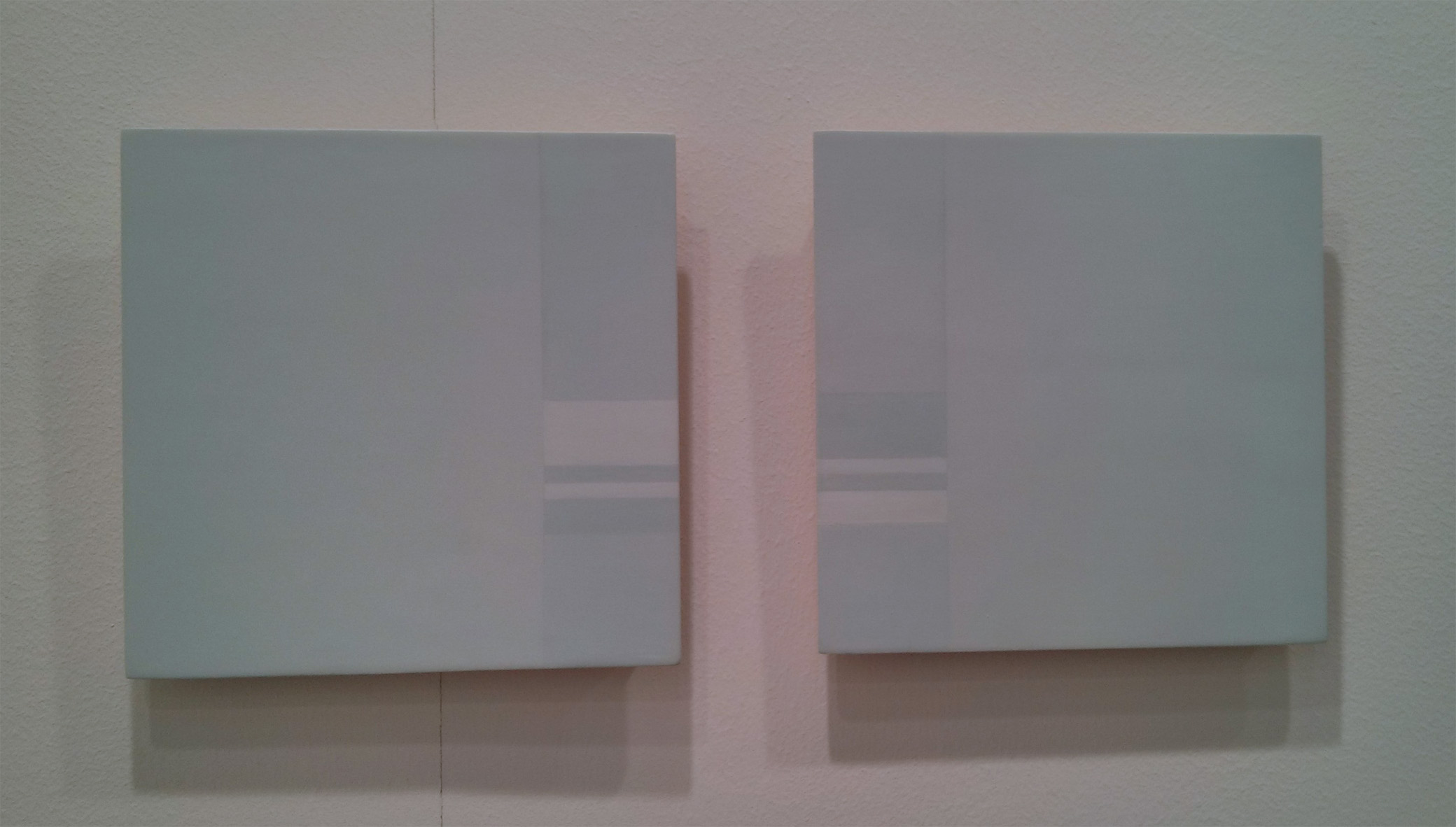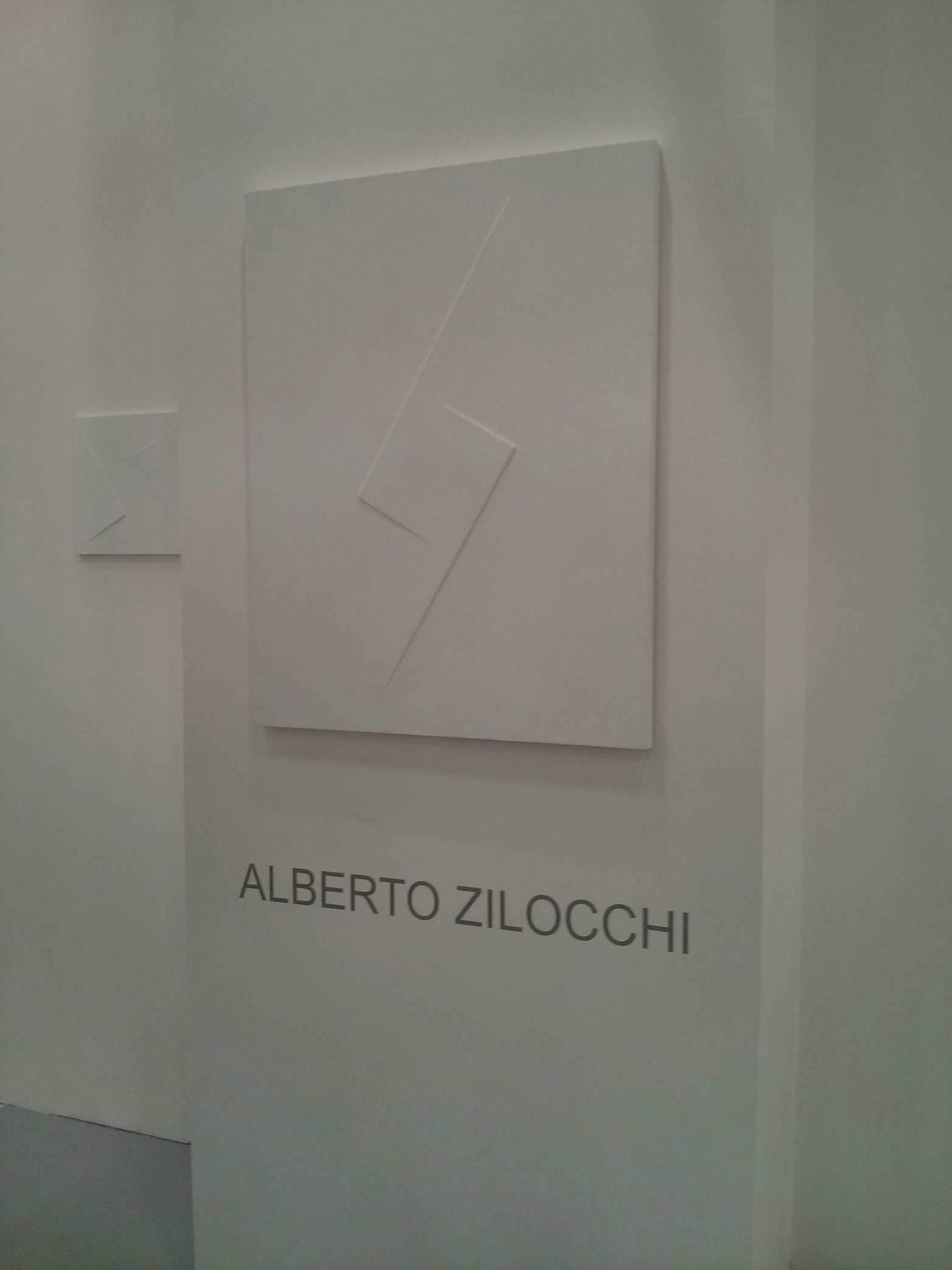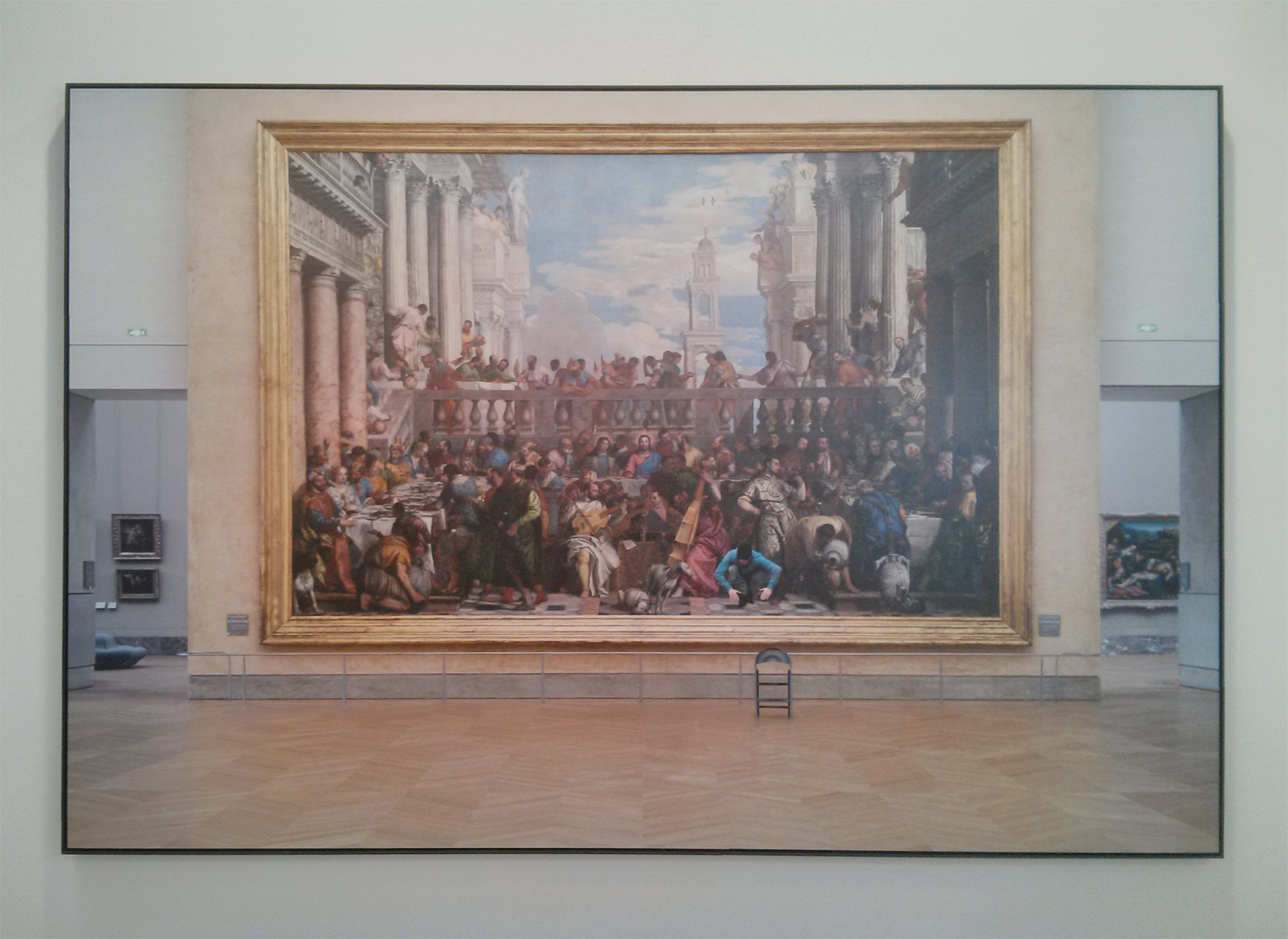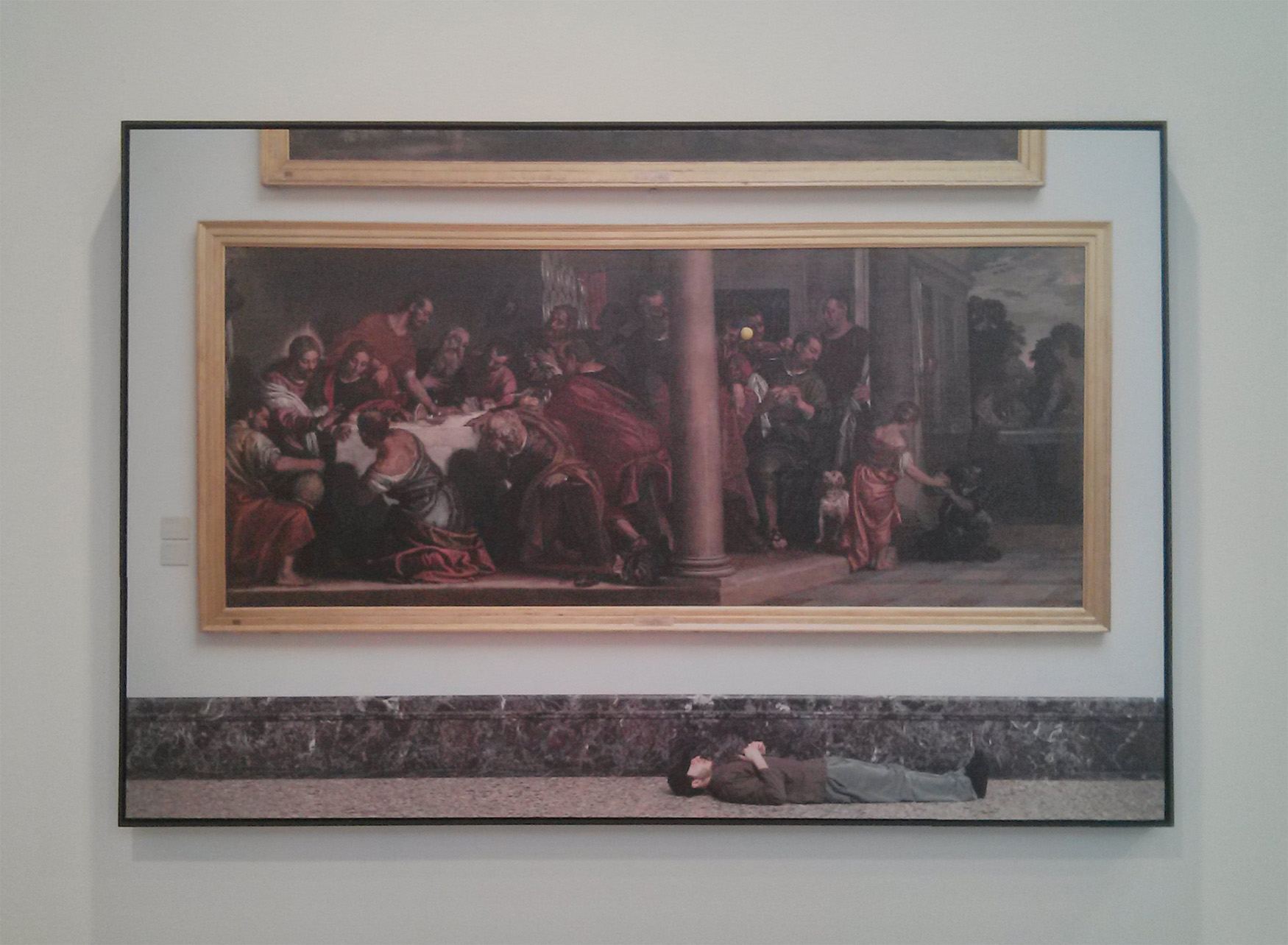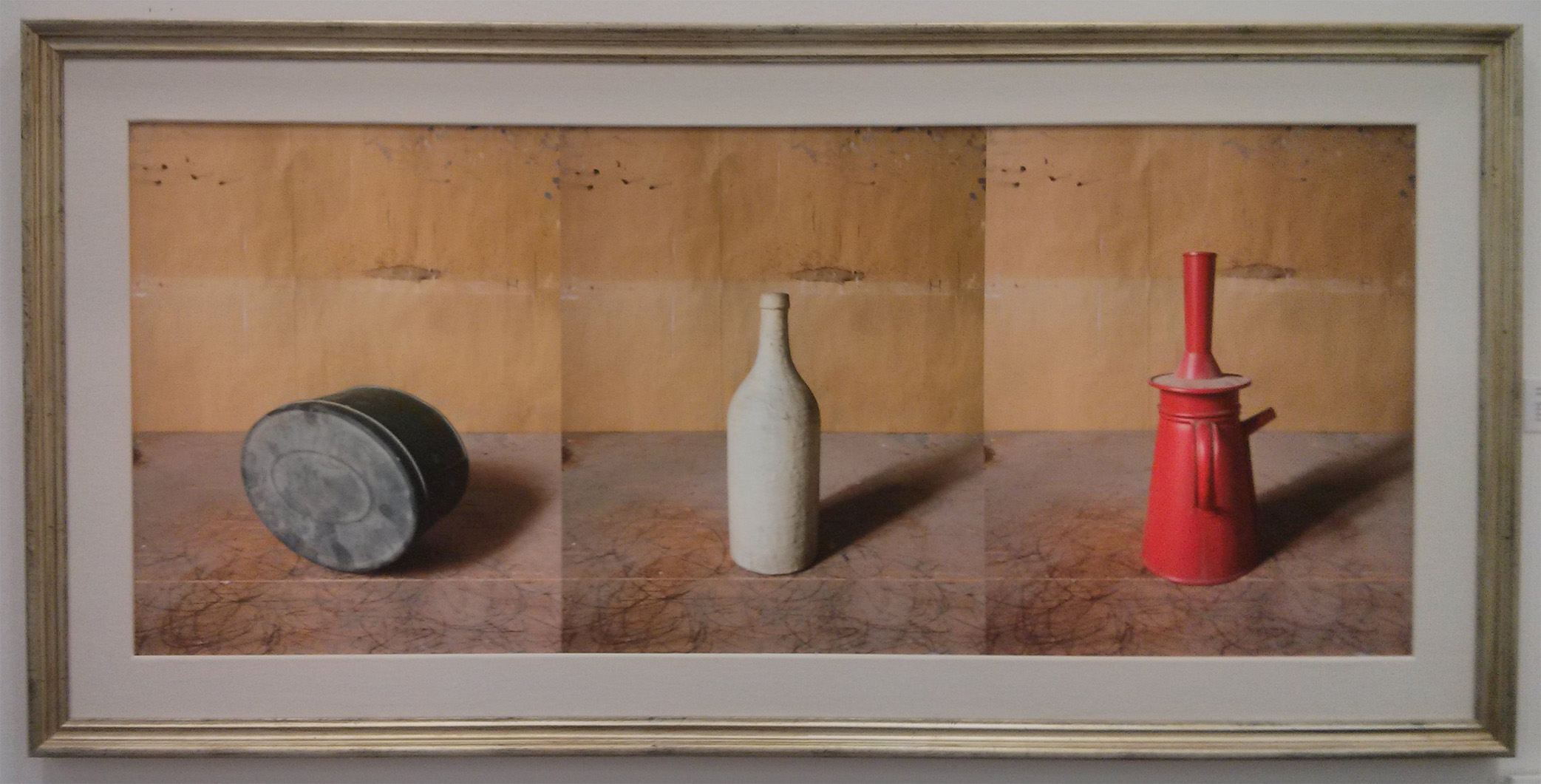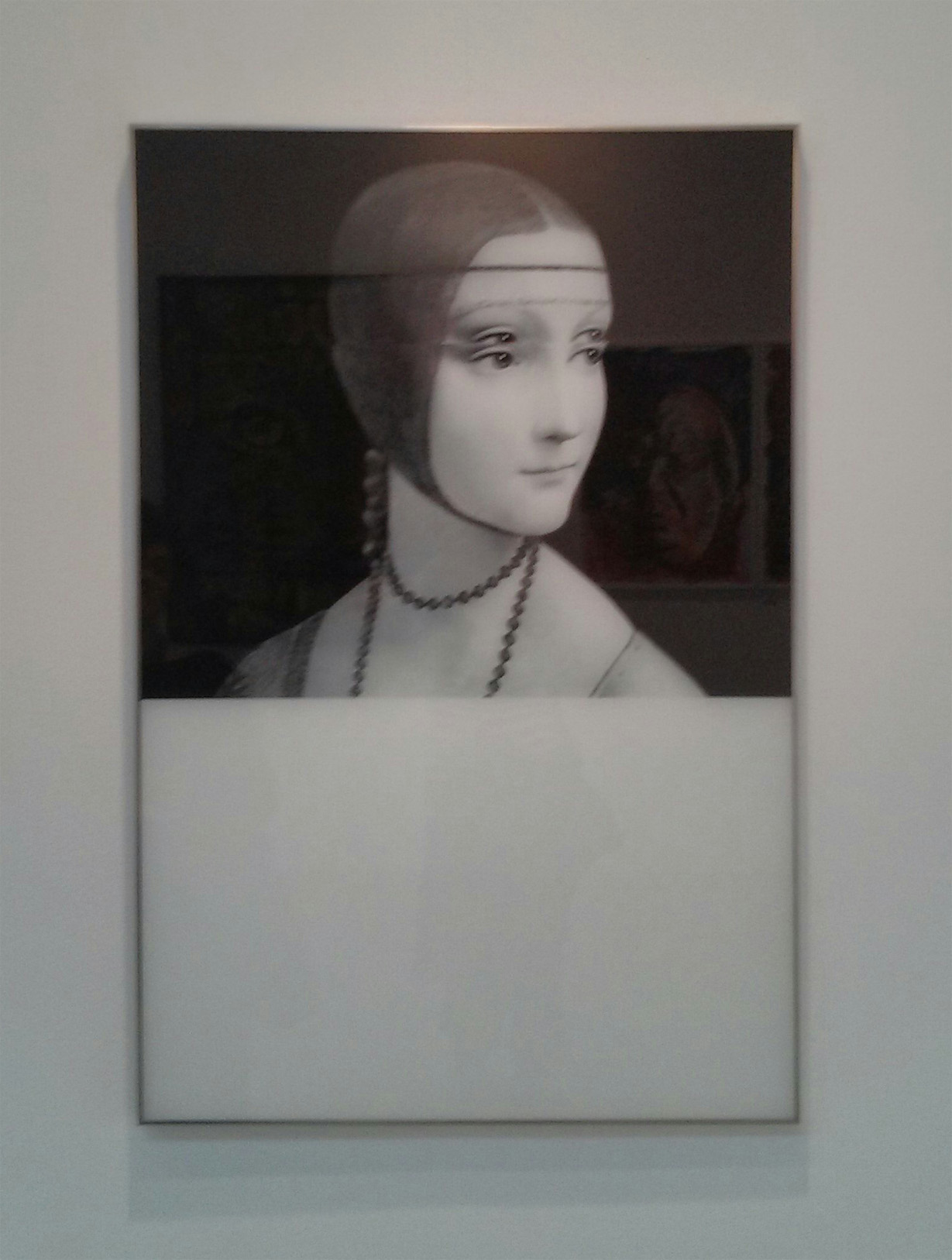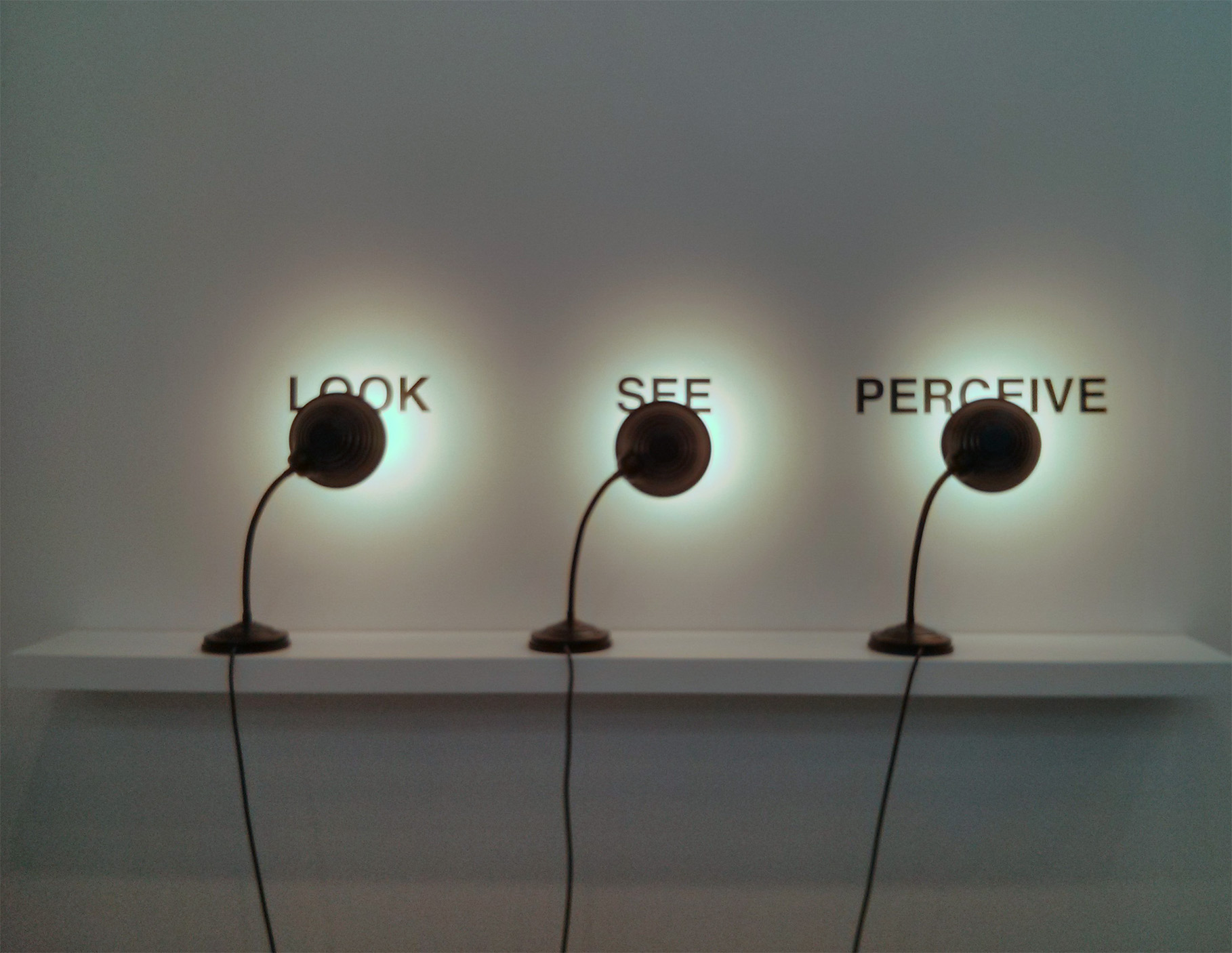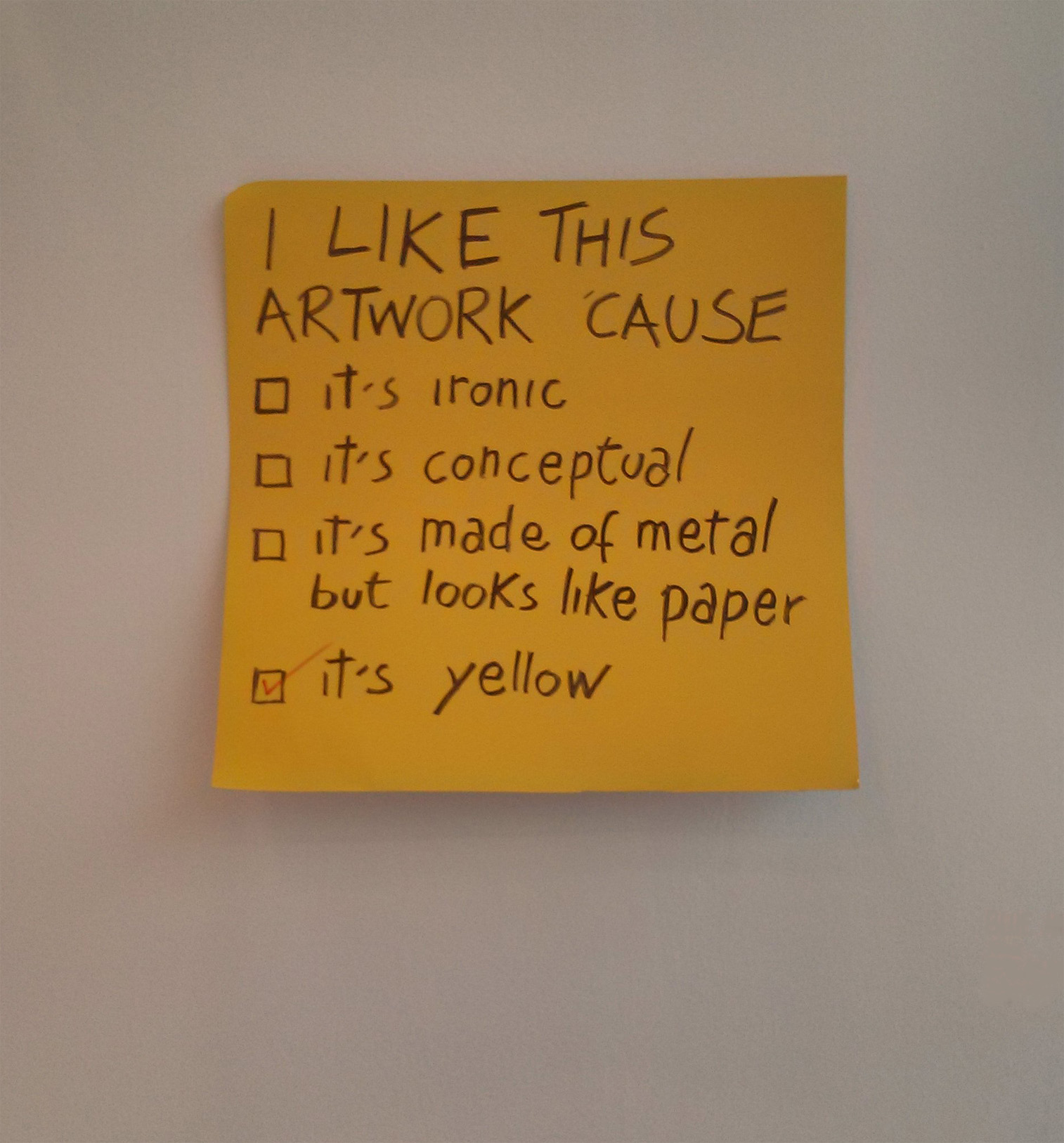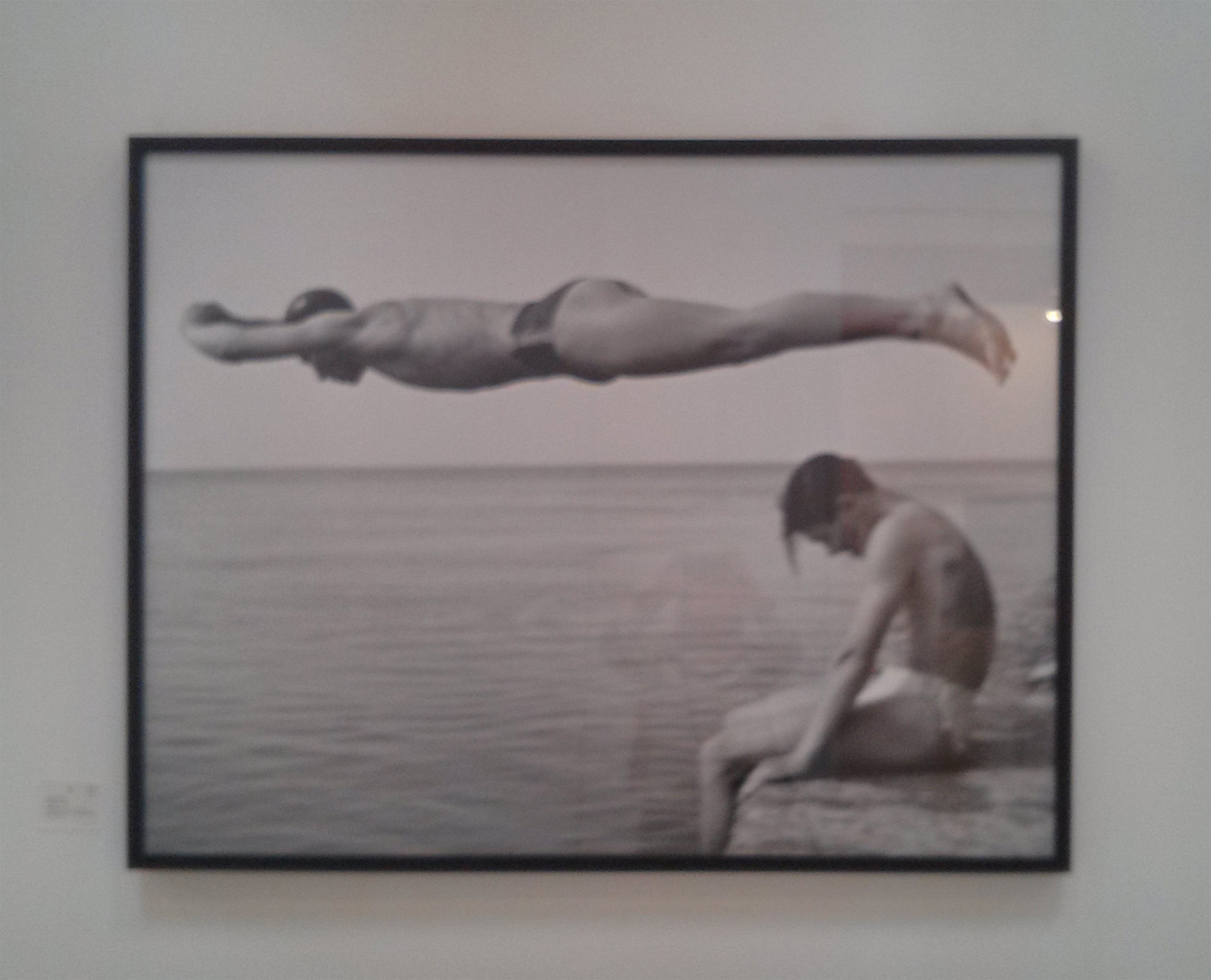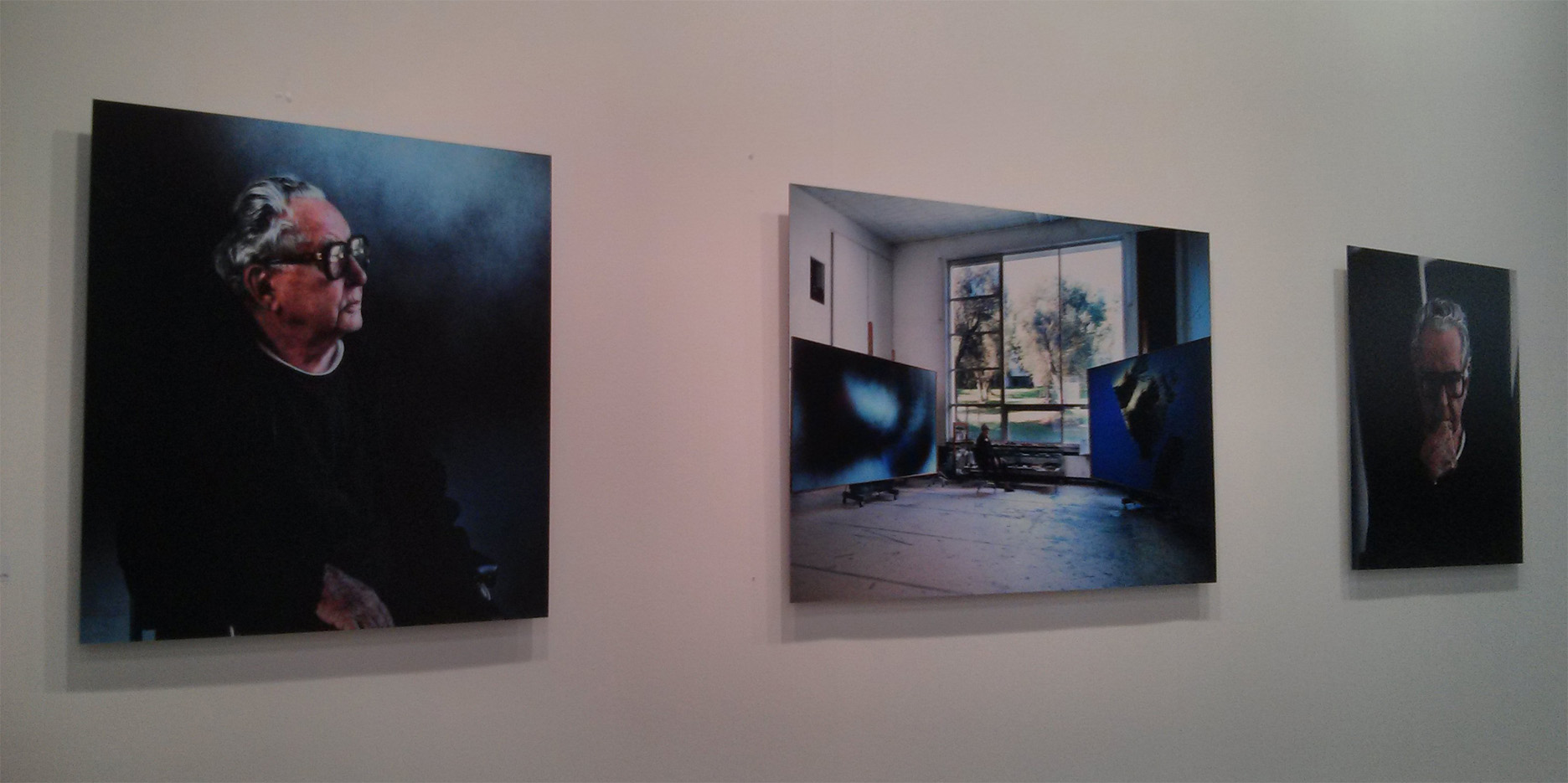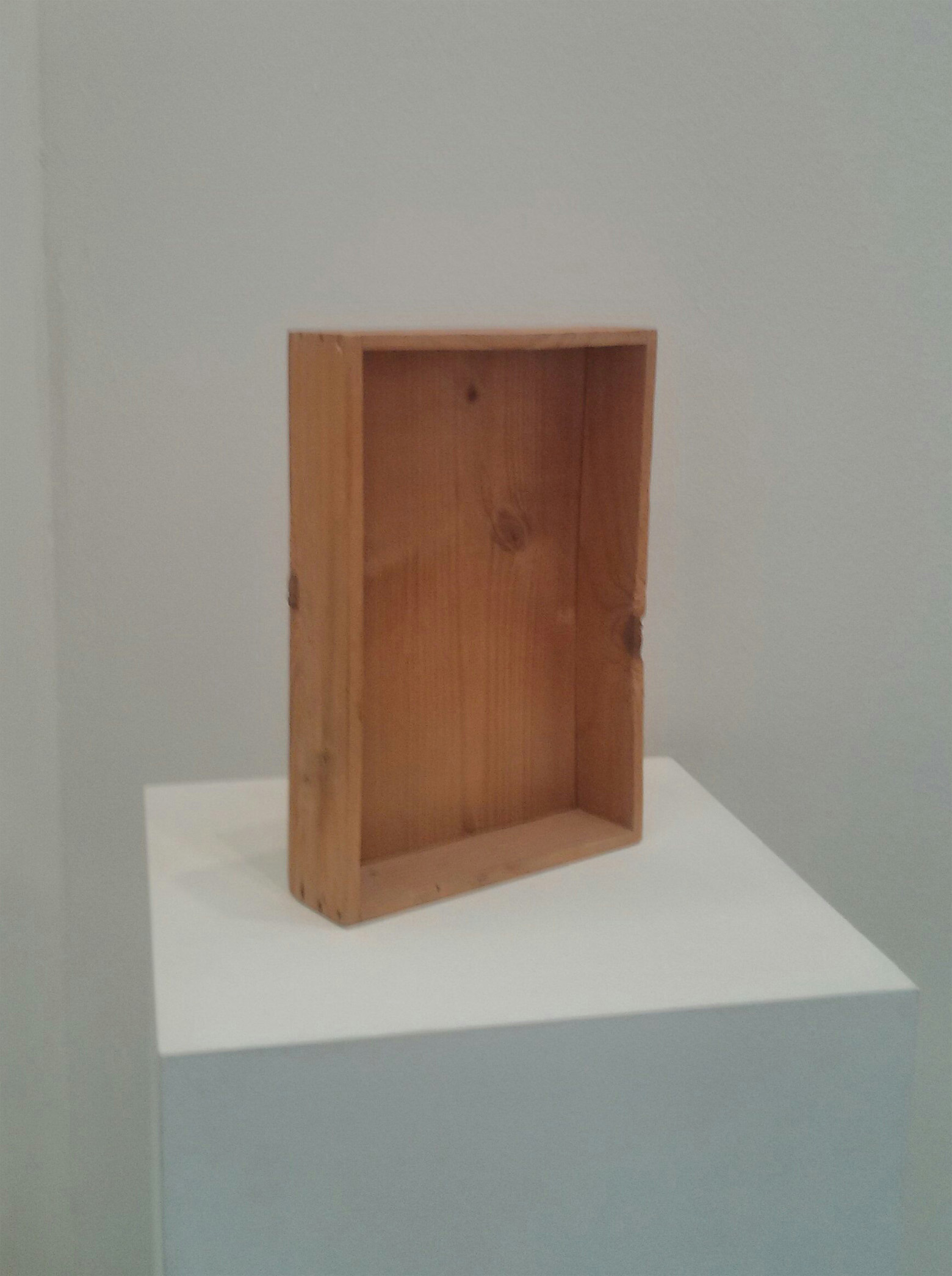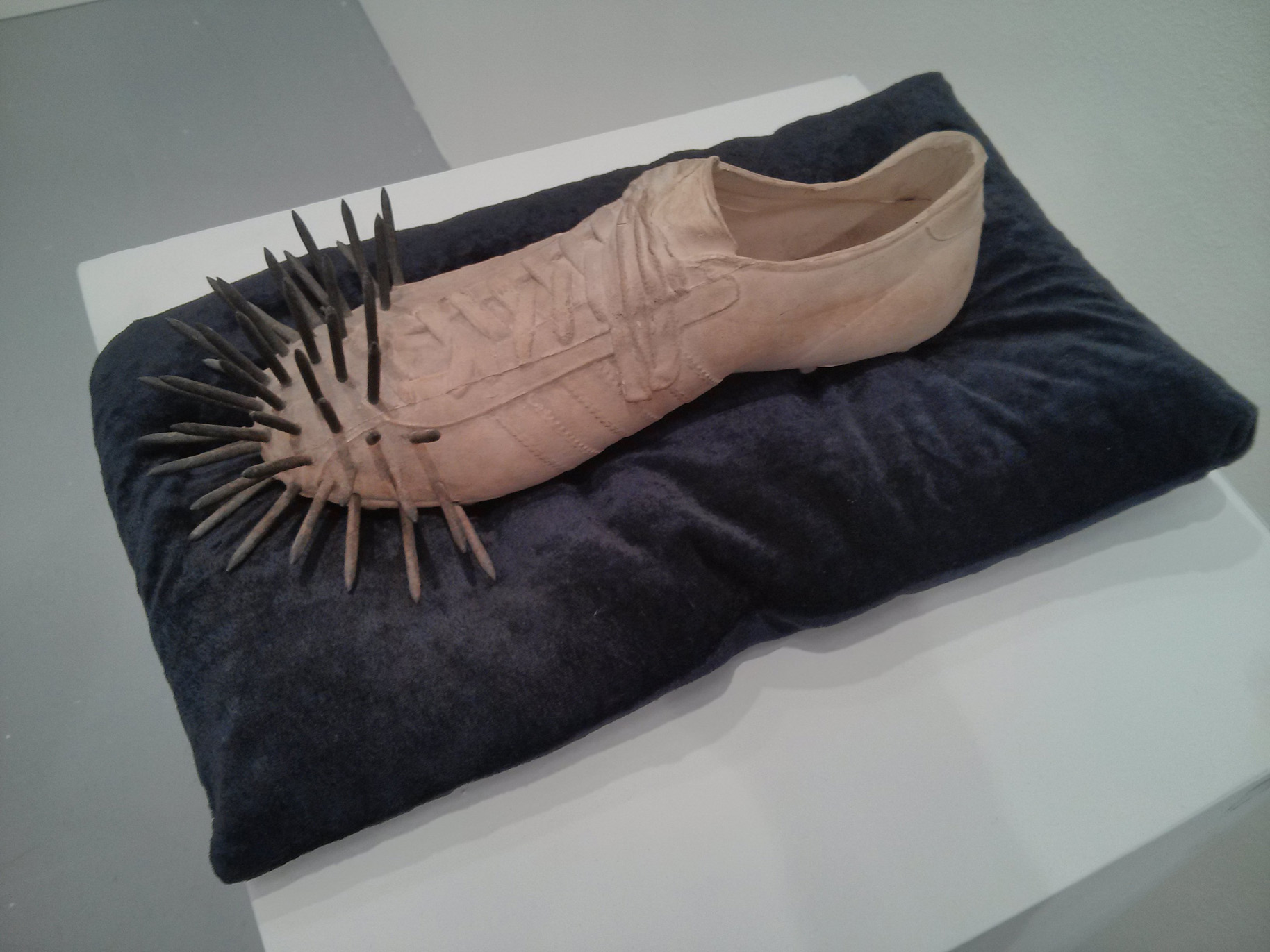On February 1st closed the 40th edition of the ARTE FIERA – the Bolognese art fair – its doors. Founded in 1974, it is the oldest enduring Italian tradeshow, which focuses on modern and contemporary art. The 222 exhibitors showed their artists in three halls. The two halls of the main section included a pavilion where Bologna’s art galleries paid tribute to the anniversary show. A third – new – hall of this edition contained three sections: photography, new proposals and solo show. We visited the ARTE FIERA for you and give you some of our impressions, with special attention to the Bolognese galleries.
Antique sculptures and politics
First it is remarkable that several galleries had chosen to exhibit artworks, which evoke antique or renaissance sculptures. The representations mostly set them in new contexts and are sometimes their ironic interpretations. To mention are the photos by Luca Pignatelli (Galleria Poggiali e Forconi, Florenz); Mimmo Jodice (Gio Arte, Mestre) and Stefano Graziani (Emilio Mazzoli, Modena). The sculptures of Igor Mitoraj (Contini, Venice) are reminding antique fragments. The bust “Venere” by Fabio Viale (Galleria Poggiali e Forconi, Florenz) also seems to be damaged, but glances to the renaissance. Whereas Lea Monetti (Galleria del Laocoonte, Rome) reinterpreted the masculine Laokoon into a female version. The Bounty Killart (Marcorossi artecontemporaneo, Milan) is even going a step further: they transform the goddess Aphrodite (Venus de’ Medici) into a cleaning lady with rubber gloves. Francesco de Molfetta (Il Mappamondo, Milan) searched not so far in the past. Nevertheless he ironies the Statue of Liberty into an “American Idol”.
With all these references to antique or younger sculptures, often damaged, the question is, if the gallerists had
chosen the works because of their individual quality or is it a hint to the actual destruction of artworks in the Middle East. Besides Boxart (Verona) seems to be even more current in the observation of politics, even if the exhibited photo was already made in 2014. Mauro Fiorese’s “Treasure Rooms of the Galleria d’Arte Moderna – Torino” shows inter alia three sculptures: one is a nude; the other two are veiled. Could it be a comment to the late covering of statues in the Capitoline Museums in Rome during the visit of Iran’s president or was the presentation decided long before the events?
It’s difficult to know if the gallerists are referring to actual politics. Nevertheless, some artists do so. One example is the three-dimensional picture of Peter Demetz (Art Forum, Bologna) “Wir schaffen das!” (We can make it!). The link to Angela Merkel is obvious. Another sort of political comment are the works of Alejandro Gonzàlez (Art Forum, Bologna). In his series “Re-construction (2012-2015)” he wanted to revisit the Cuban history of the 1970s. By the technique, photographed in cardboard rebuilt environments, they remind the works of Thomas Demand. The obvious difference is that they are held in black and white, the cut edges of the cardboard are visible and there are figures, representing the human beings in the scene.
Human representation in artworks
Human beings are also the subject of other artists, often it’s more about their emotional state. Javier Marin (Barbara Paci, Pietrasanta) wants to express mental feelings in his sculptures. The same objective seems to guide Ettore Frani (L’Ariete, Bologna) in his paintings. However, Gian Marco Montesano (Claudi Poleschi, Lucca) describes more the state of a society in his painting: the faded life in Parisian Cafés.
A section of more unexpected situations in human being is the surrealistic one: A young girl is sitting on the bed in her room; the feet are in water that is surrounding her bed. In the water there are leaves and goldfishes. It’s a photo by Tania Brassesco and Lazlo Passi Norberto (PH Neutro, Pietrasanta). Once more there are goldfishes by Sandy Skoglund (Paci Contemporary, Brescia).The same gallery had shown Teun Hocks with his man who has the head in the clouds. The photo-prints of Paolo Ventura are astonishing by their technique and their expression. Photographica Fineart (Lugano) showed the painting-like print diptych “Behind the Walls # 7” and the photo story “The Man in the Suitcase #2”. A junction to the representation of architecture makes another picture by Paolo Ventura exhibited by Marcorossi (Milan): “La Morte di un Anarchico” (The Death of an Anarchiste). Even if the title suggests the importance of human actors, the buildings are acting as an eminent role in the work.
Inner and outer life of architecture
Bologna’s architecture plays a leading part in Nicola Nannini’s painting “Una notte intorno a Pasqua” (A Night around Easter) and in Loris Liberatori’s Triptych “Bologna”, both shown by Forni, Bologna. On the contrary the location of Eva Frapiccini’s untitled photo at the Alberto Peola Gallery (Torino) is not easy to identify. It is more about repeating shapes, found in a staircase and overlapping motorways. Another flight of steps by Luciano Romano (Studio Trisorio, Naples) plays with the ascending view. An interior from Silvia Camporesi’s Italian Atlas series reveals a hall of the psychiatric hospital of Pistoia (Photographica Fineart Lugano). It is a poetical testimony of an abandoned Italian palace. Inner rooms, sometimes with outlook are subject of Gioberto Noro’s printings (Alberto Peola Gallery, Torino). Whereas Marco Tirelli’s sculptures are giving an exterior view on a building ensemble that might be a factory: one has complete structures, the other one is demolished (Otto Gallery, Bologna).
Transforming nature
Nature can be seen as a counterpart to built environment. However, the works of several artists underline, that the artistic intervention transforms it into something new. A good example gives L’orMa (Spazio Testoni, Bologna). The awarded artist (Premio Euromobil Under 30) transforms flowers like the goats beard into a poetic breath of nature. In another way poetic is the photo of an Iceland landscape by Magdalena Jetelová (Galerie Hollenbach, Stuttgart). Irene Kung’s photographed trees give a strong artificial impression, since they are isolated by a white or black background (Contrasto, Milan). Ettore Frani (L’Ariete, Bologna) creates landscapes by paintings, which look like photography. Nevertheless, he is putting accents like the intensified dark water drops, which seem to rise out of the image.
Abstract works and interpretation of space
Opposite to the representation of nature are the abstract artworks. While Irma Blank’s paintings (P420, Bologna) transform writings into images, Antonio Calderara (Studio Gariboldi, Milan) frees himself from figuration to search the abstract manifestation of space and light on canvas. Whereas Alberto Zilocchi (Spazio Testoni, Bologna) works spatial on his two dimensional surfaces.
About spaces are as well the photos of Luca Pozzi (Enrico Astuni, Bologna and Federico Luger, Milan), but he is showing artworks in their exhibition environment and add elements to the image screen. The idea might be inter alia inspired by Thomas Struth, yet Luca Pozzi’s demarche is more about the three dimensions, like the ones of Antonio Calderara and Alberto Zilocchi.
Art quotes and art critics
A tribute to the Bolognese painter Giorgio Morandi pays the photographer Joel Meyerowitz (Spazio Damiani, Bologna), who had the occasion to take pictures of Morandi’s objects in the Casa Morandi. Another homage to a famous painter made
Mariella Bettineschi (Nova Galleria Morone) by including Leonardo’s “Lady with an Ermine” in her series “L’era successive” (The next era).
Antoni Muntadas (Michela Rizzo, Venice) targets, like often in his works, the public directly. Moreover “Look See Perceive” could be regarded as an ironic comment to our society, where people tend not to take time for perception. Perhaps a little disrespectful is “I Like This Artwork Because” by Blue & Joy (Galleria Artra, Milan). In the same time that it points on all-knowing art critics, it shows that art can even be only amusing.
Besides all this more or less known artist, there were as well the traditional classics like Lucio Fontana, Giorgio de Chirico, Arnoldo Pomodoro and many more. Even twice represented was Nino Migliori (Photographica Fineart, Lugano and Valeria Bella, Milan) with “Dive into the future”. The Antonio Sapone Gallery (Monte-Carlo) dedicated her whole pavilion to Hans Hartung. At the Spazio Testoni (Bologna) there was a happy encounter with the multiple “Intuition Box” by Joseph Beuys and the Labs Gallery (Bologna) showed “Monaco ‘72” from Günther Ueckers’ limited edition.
By Astrid Gallinat

